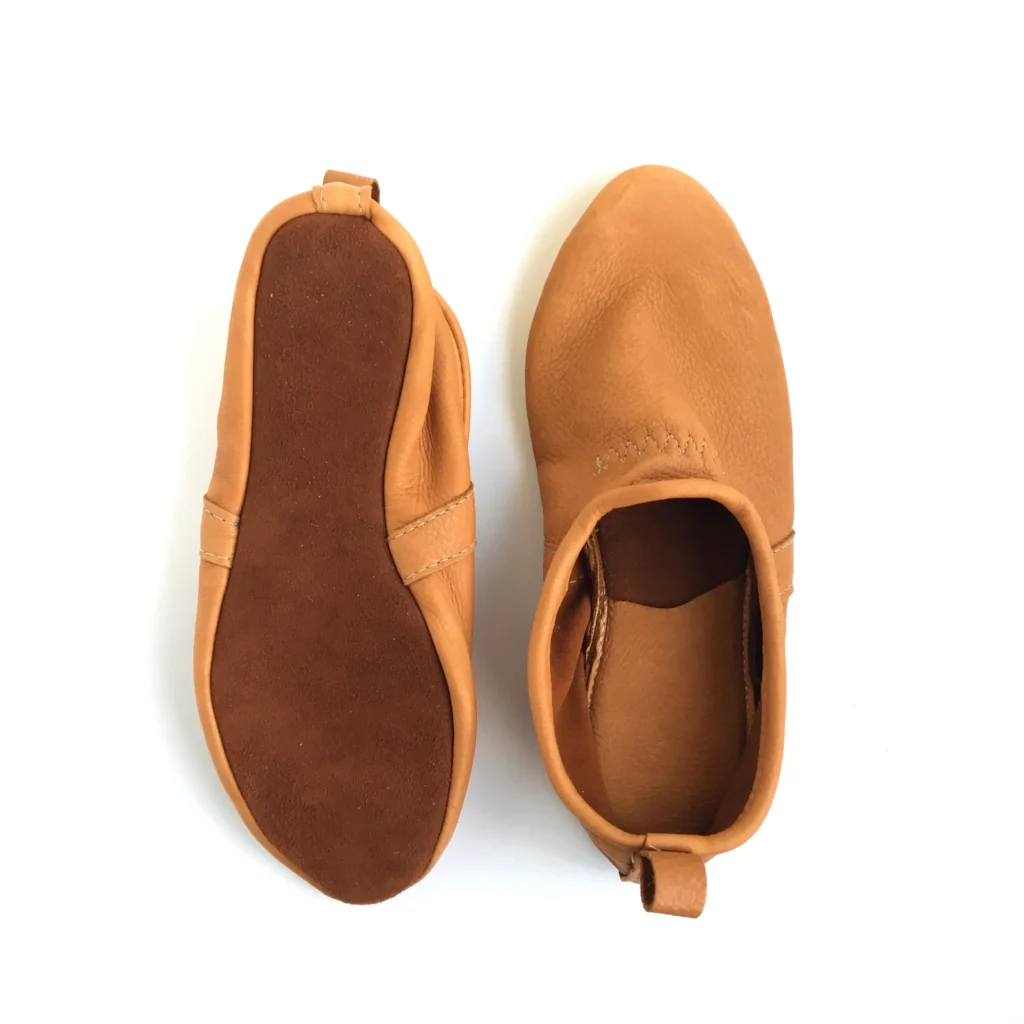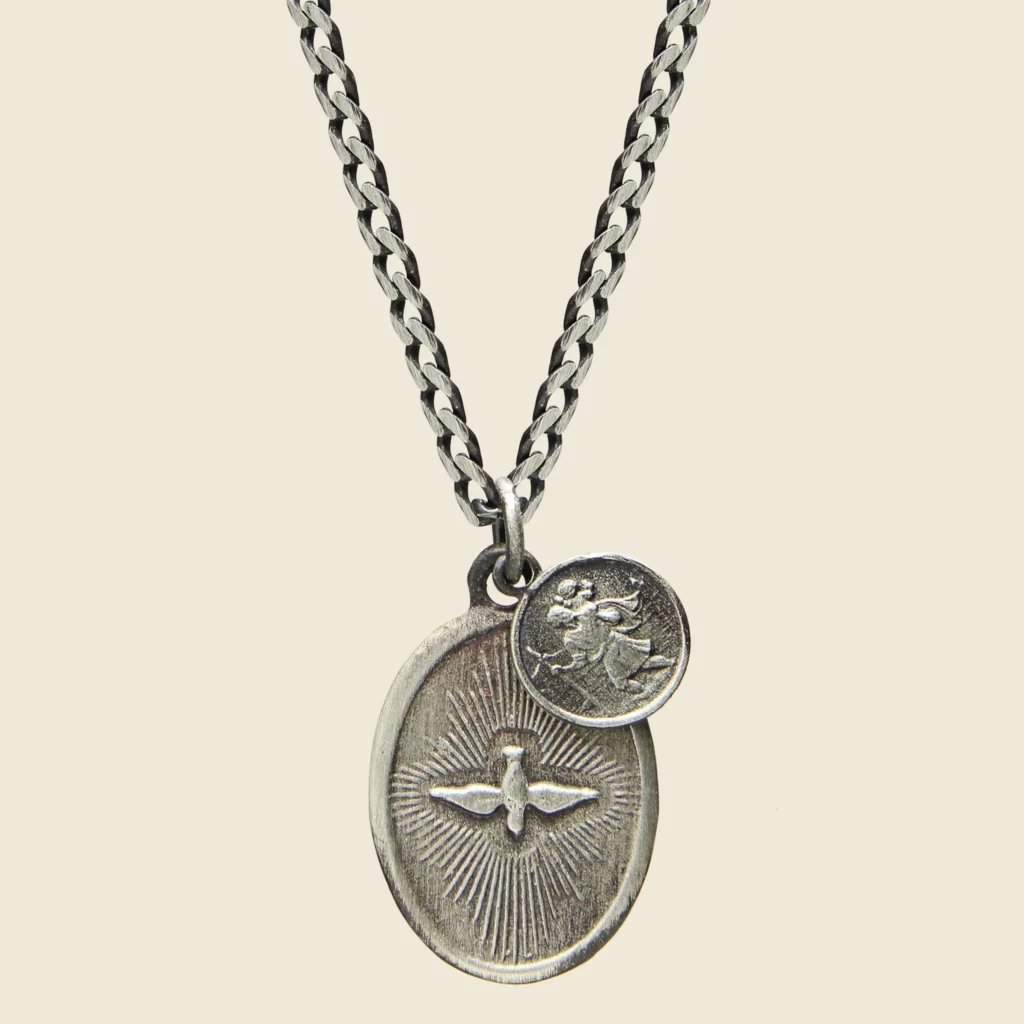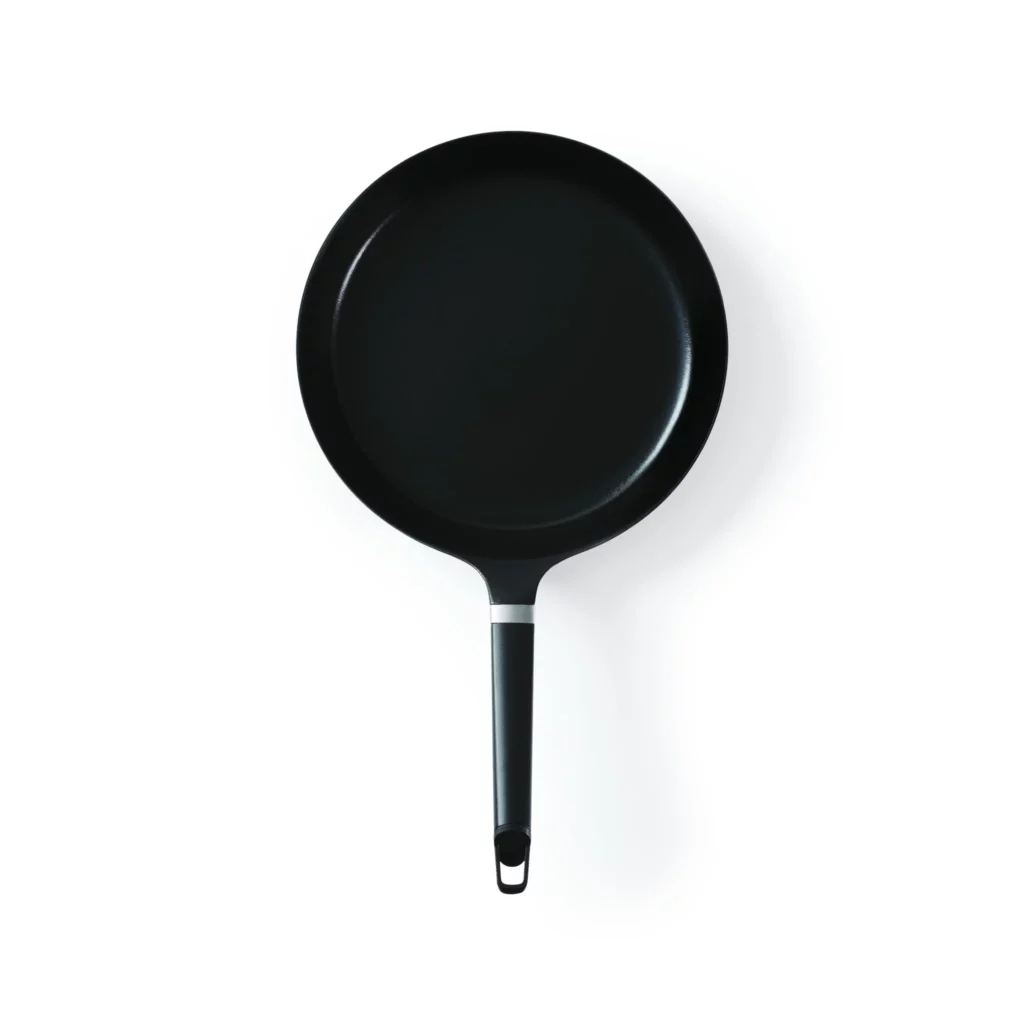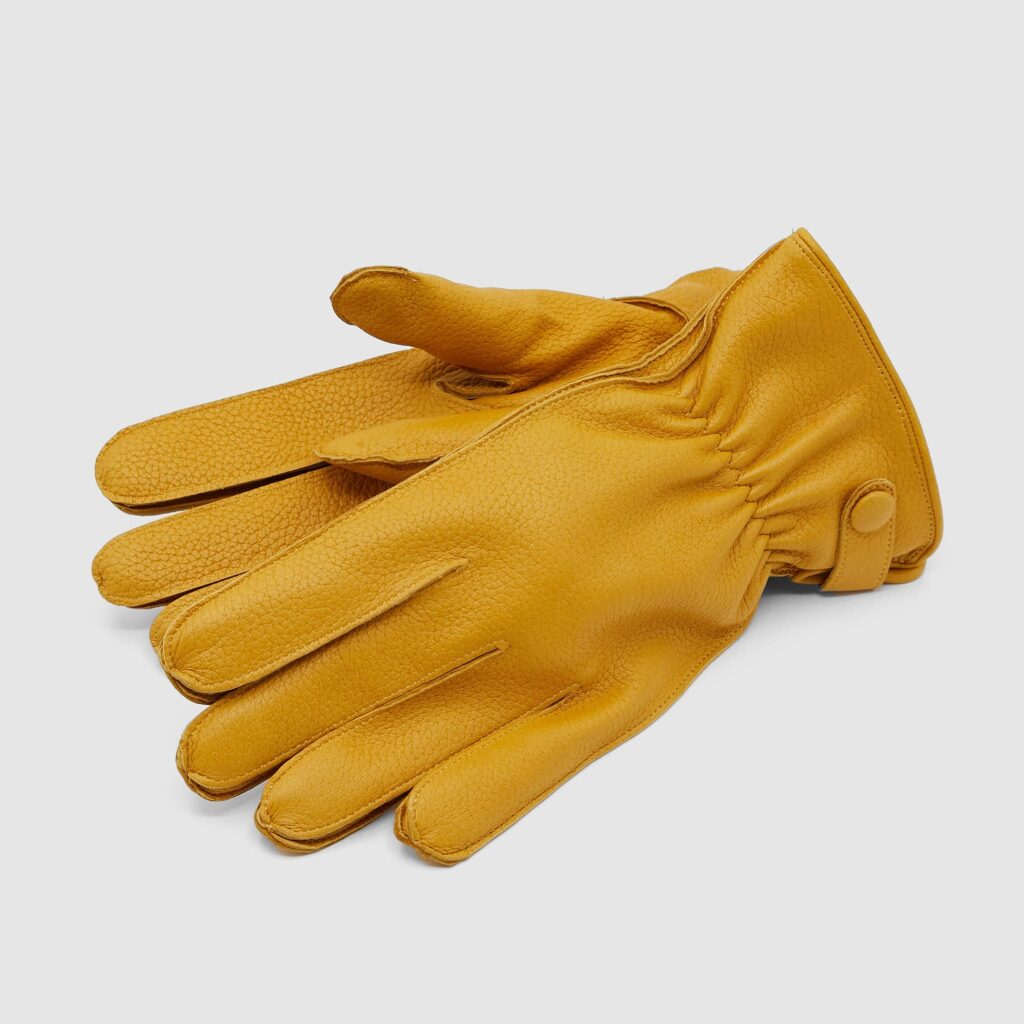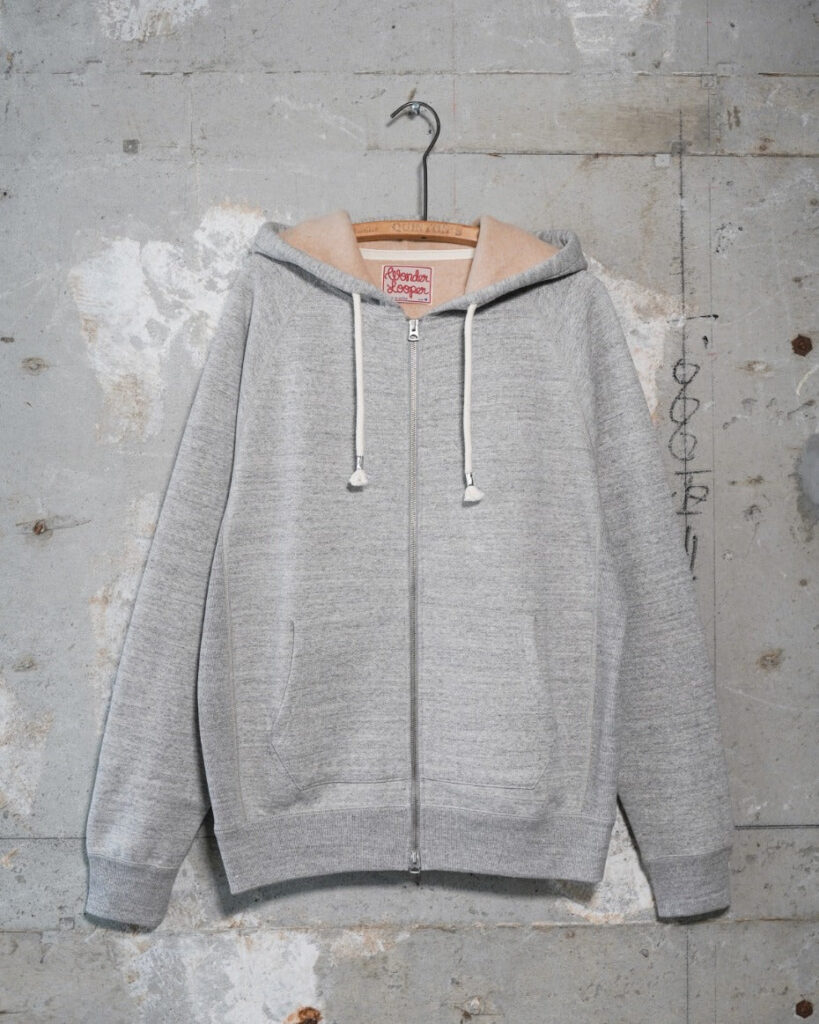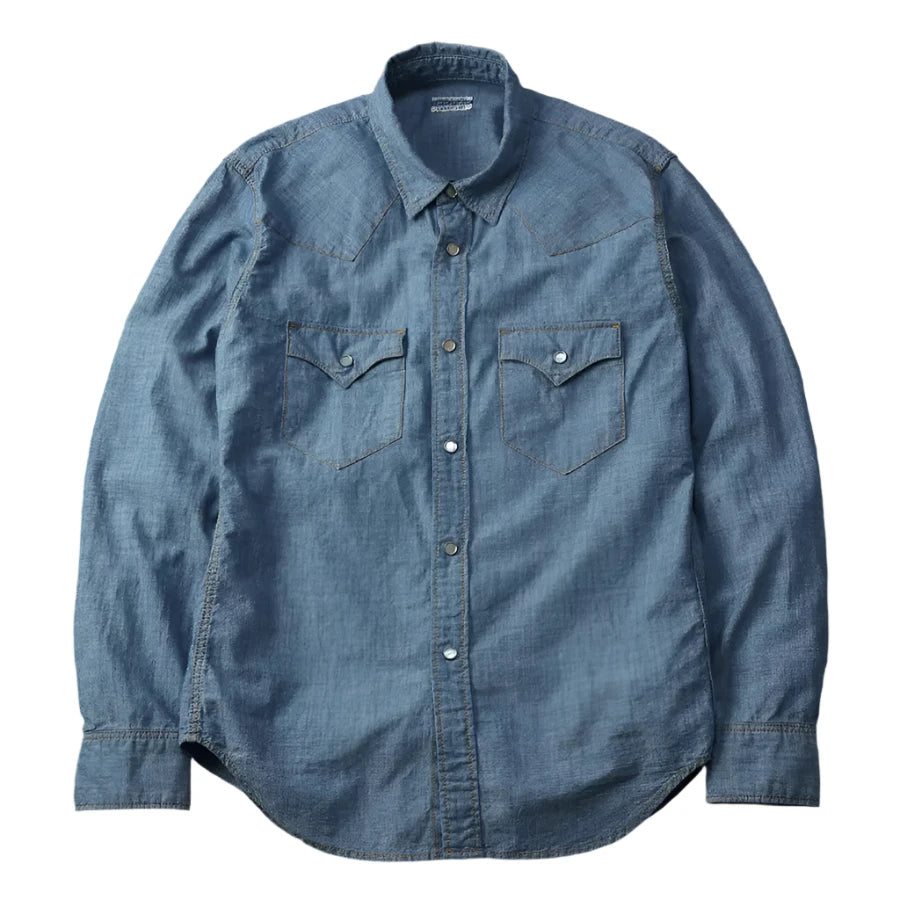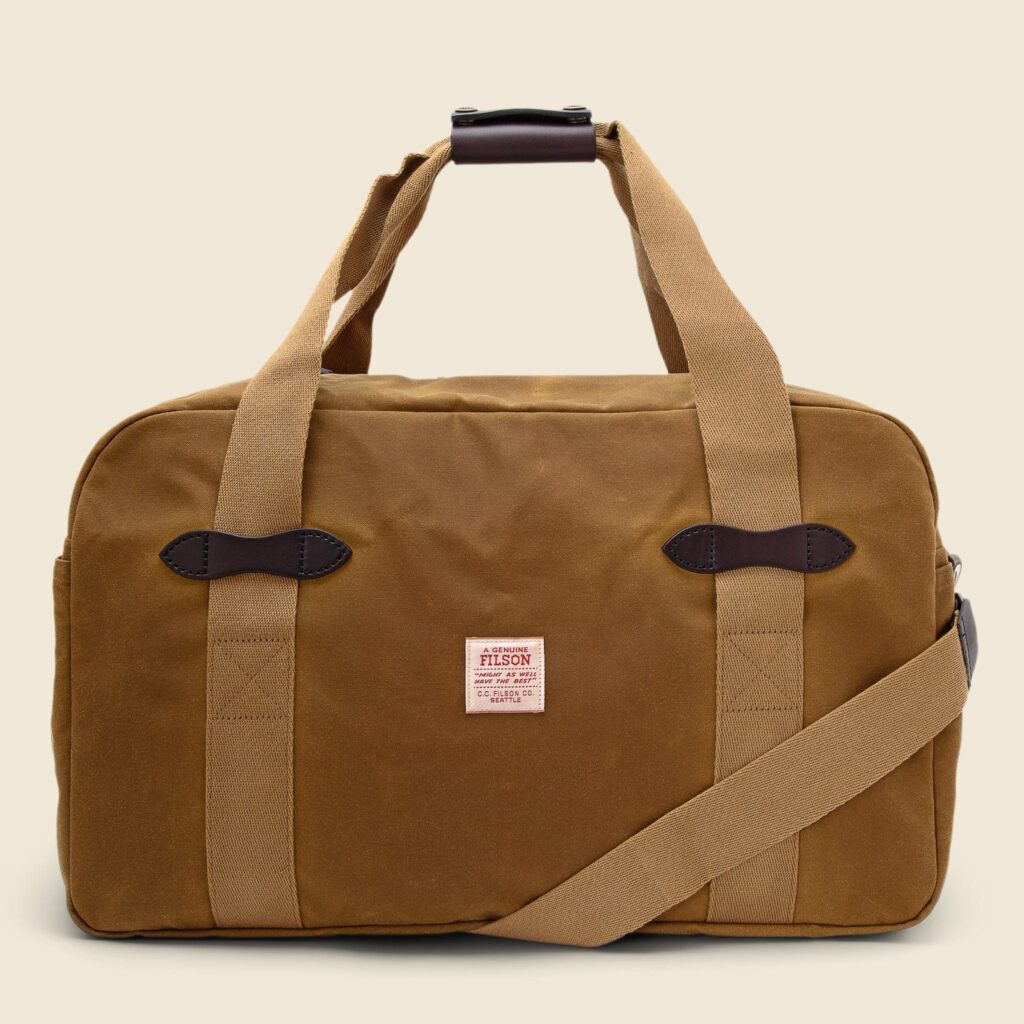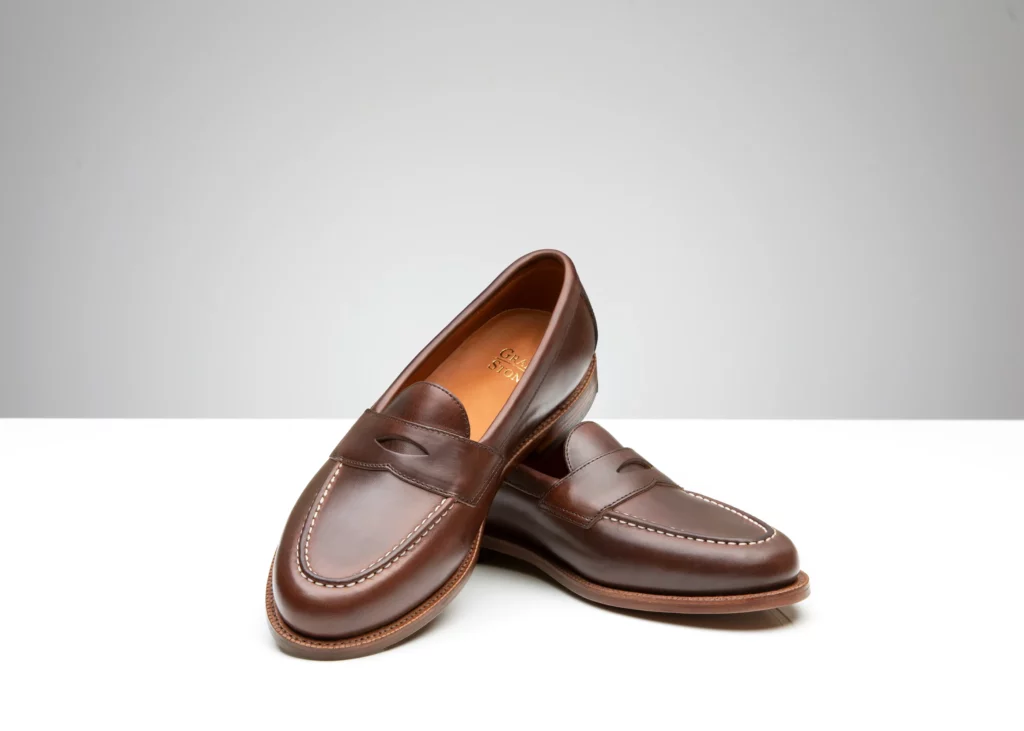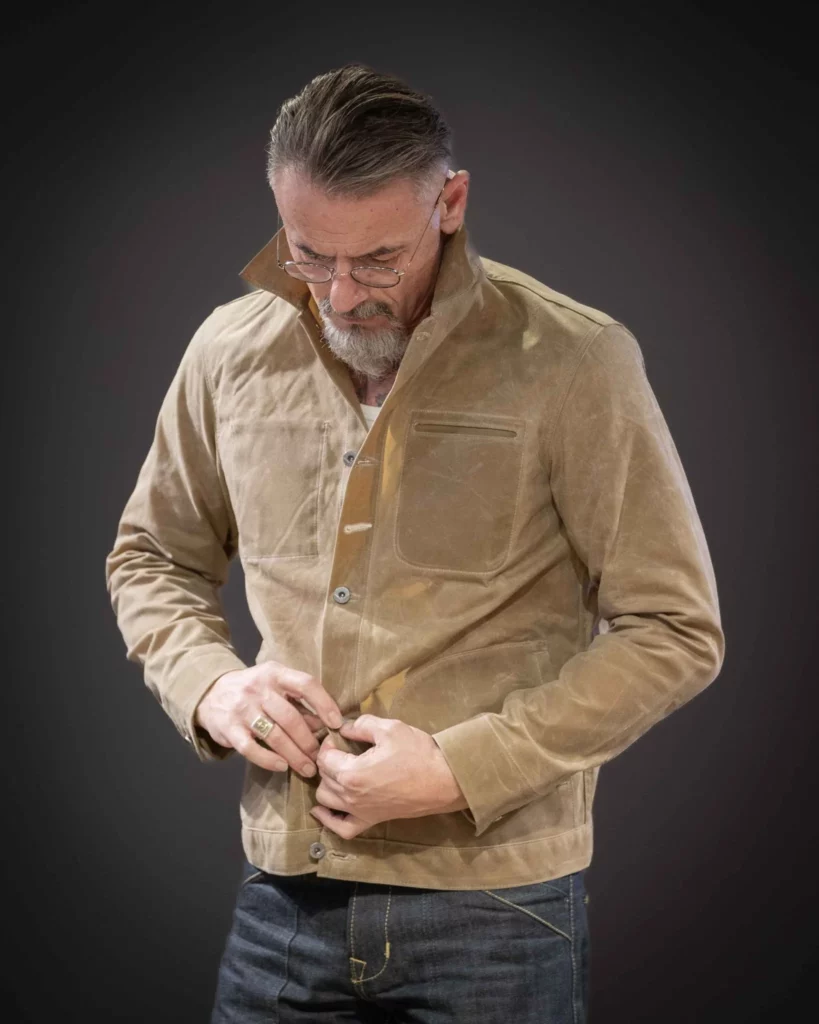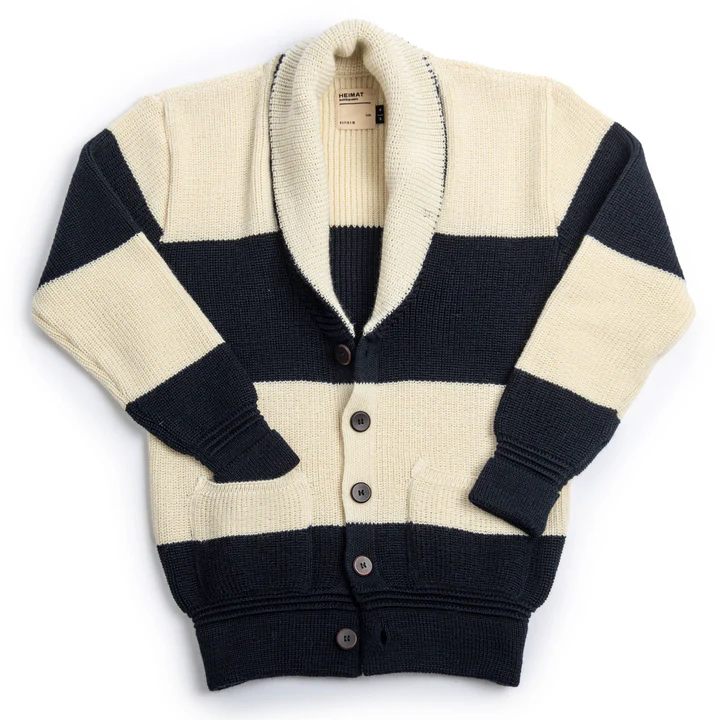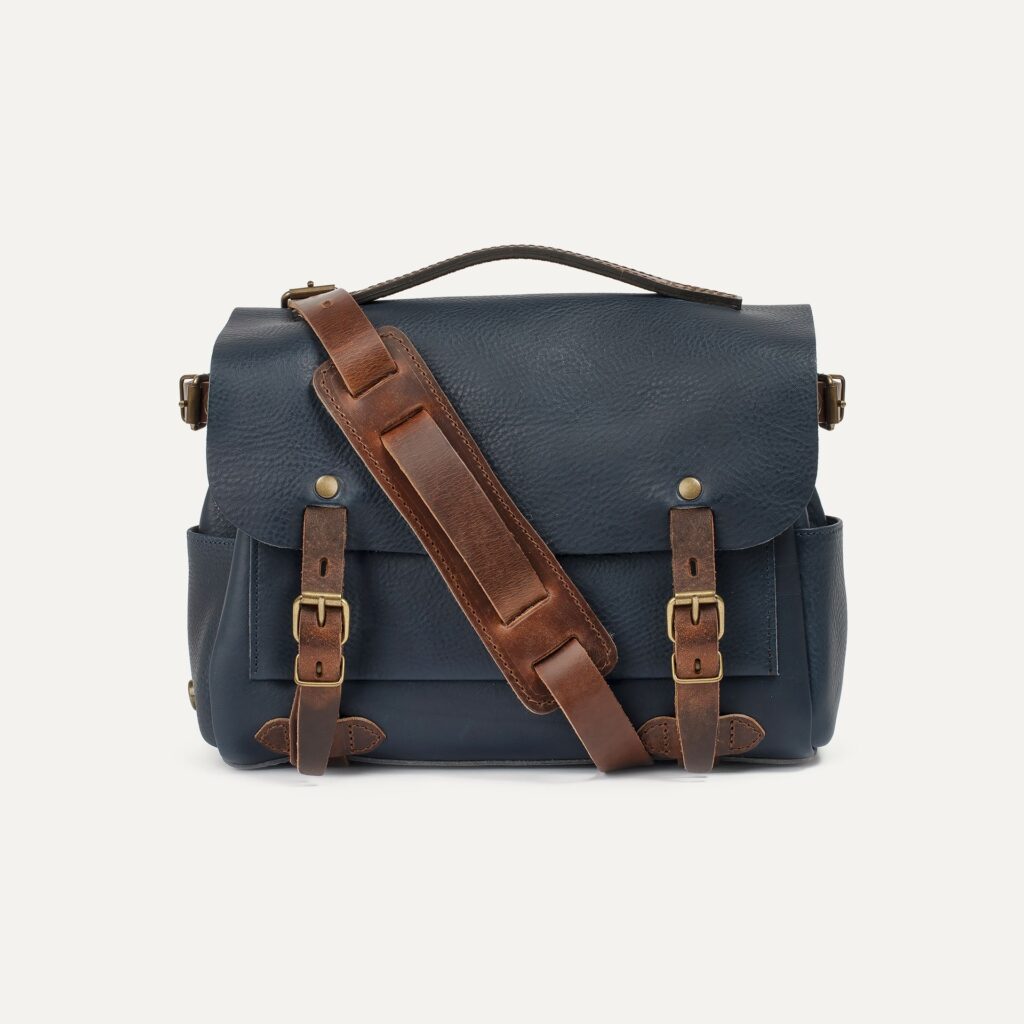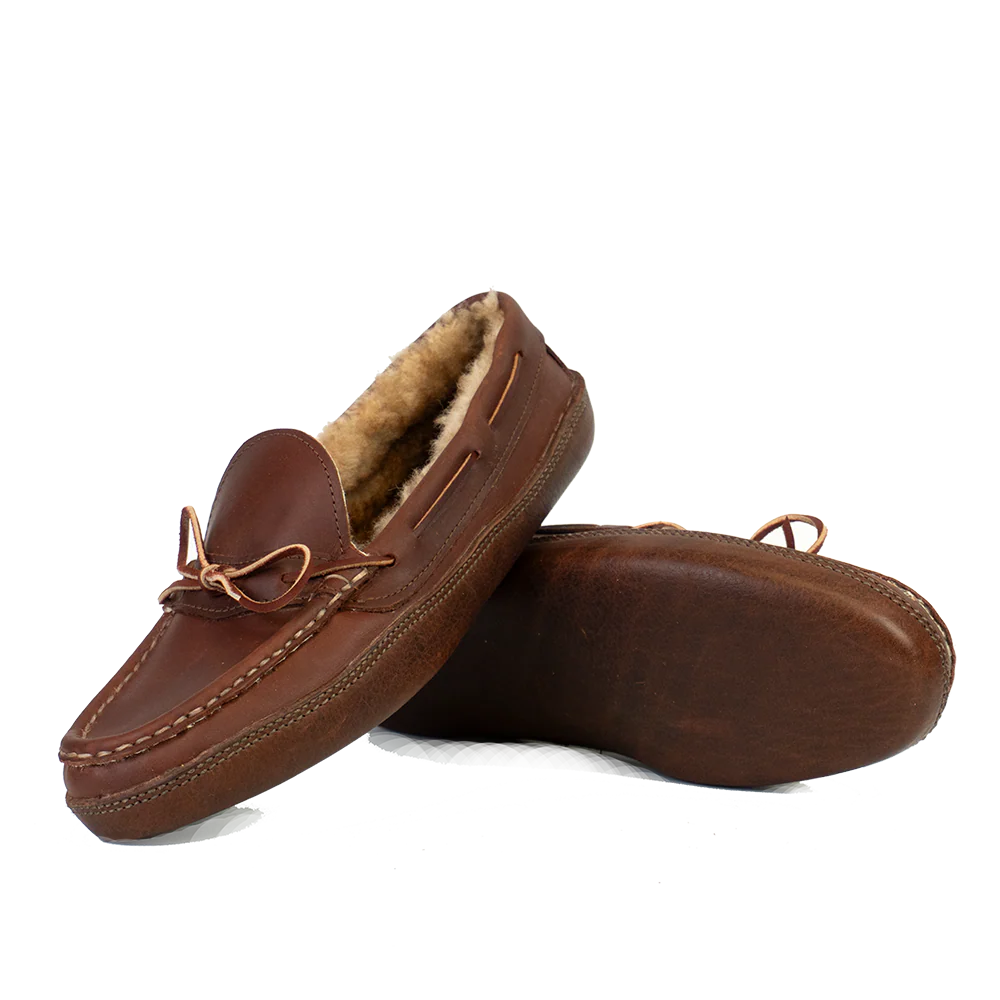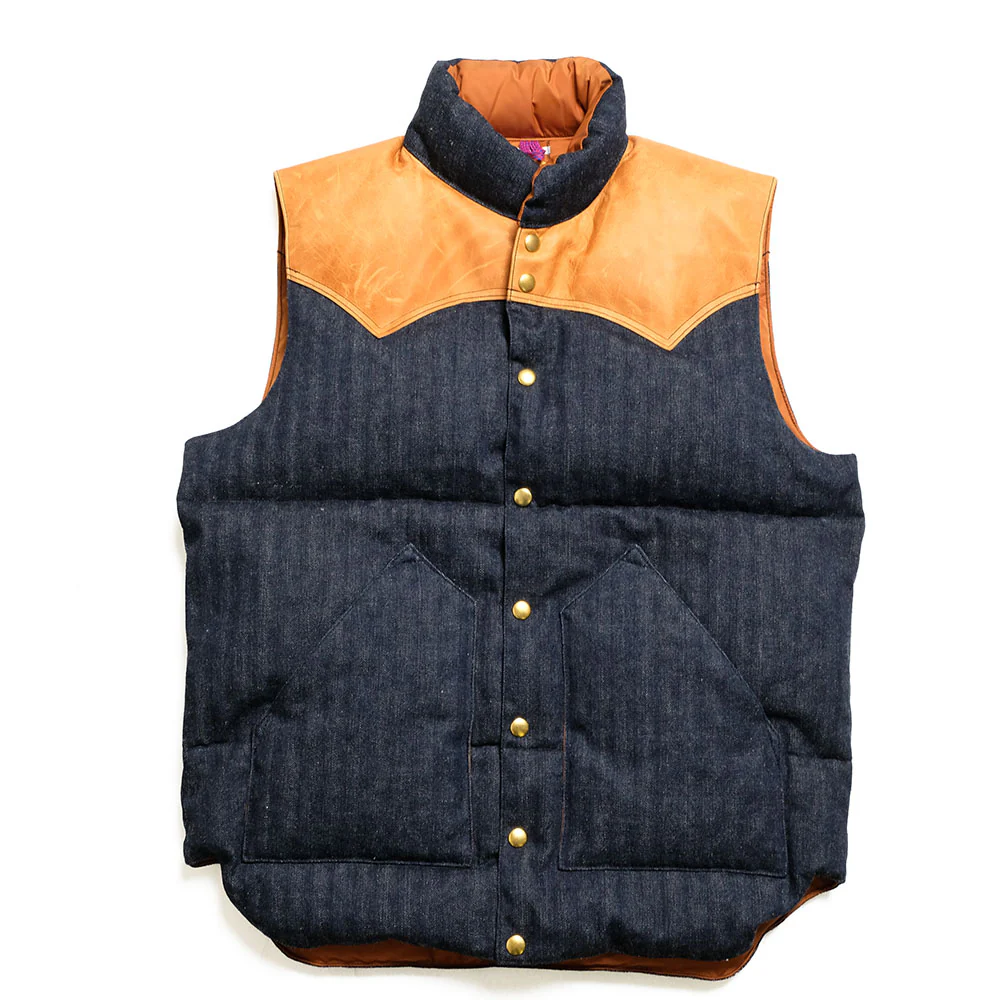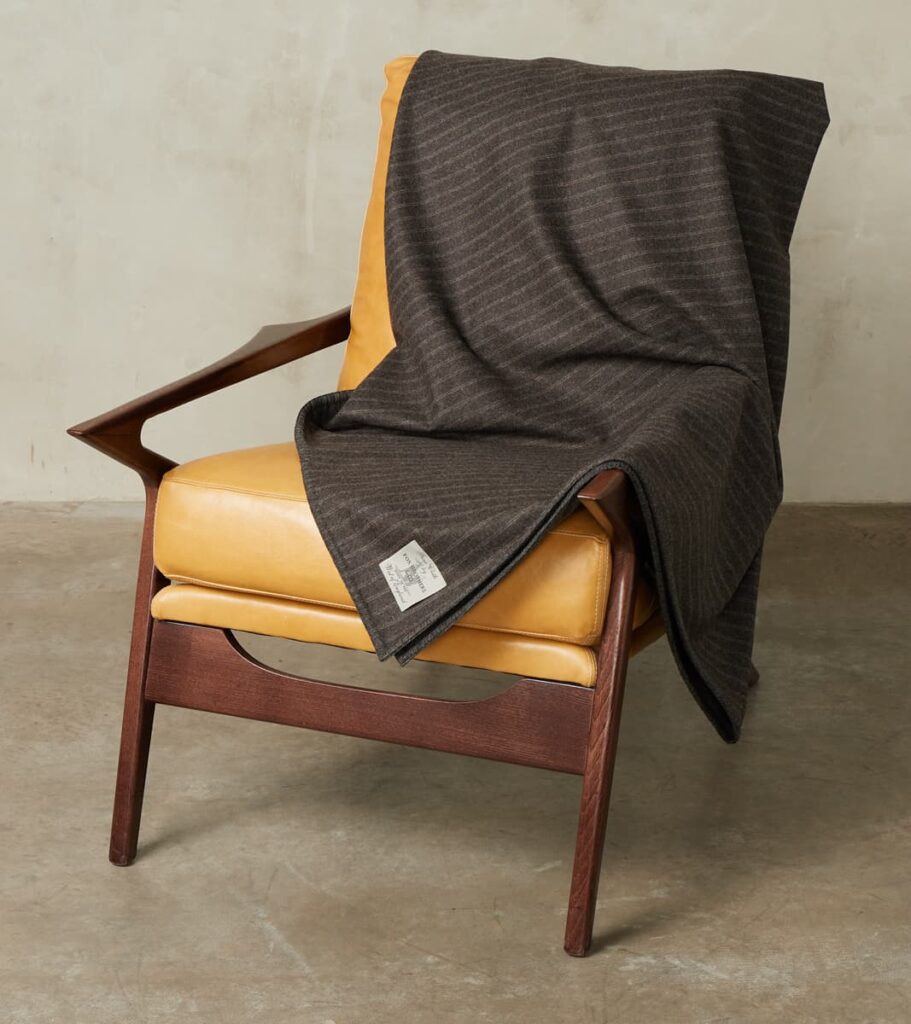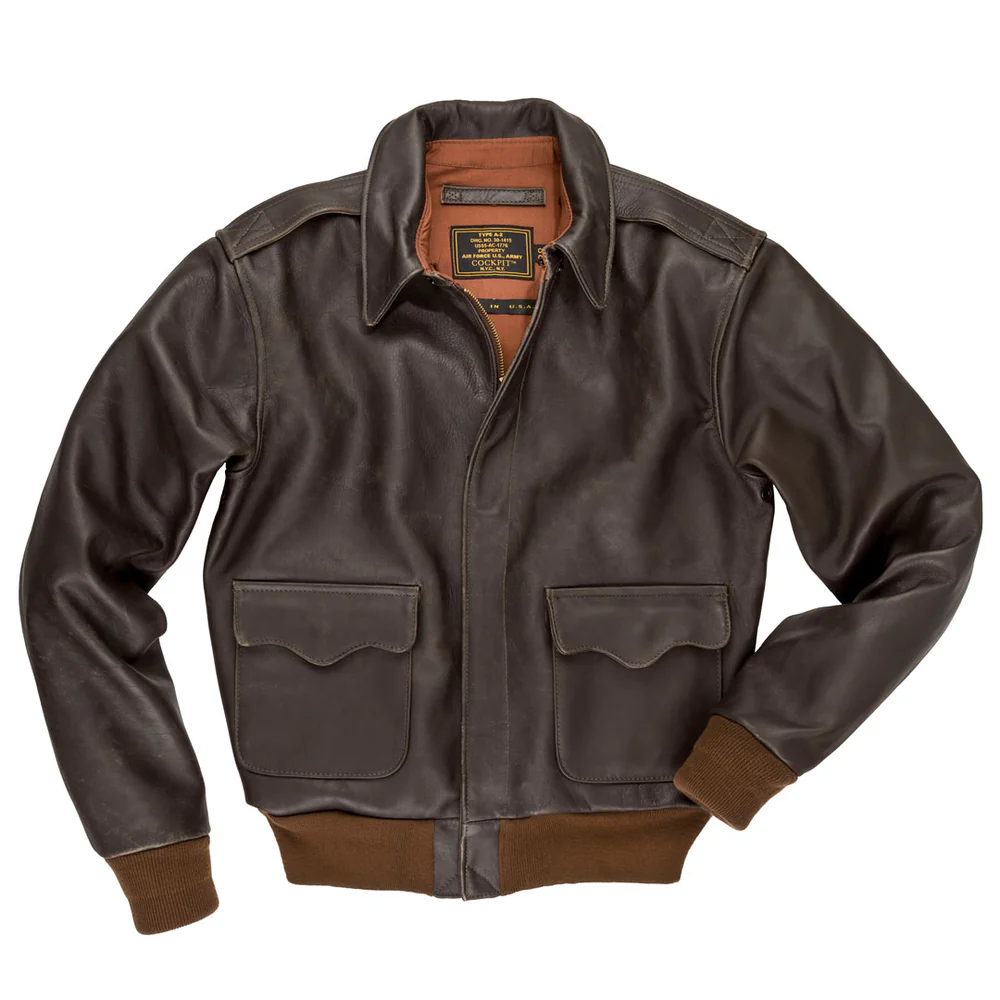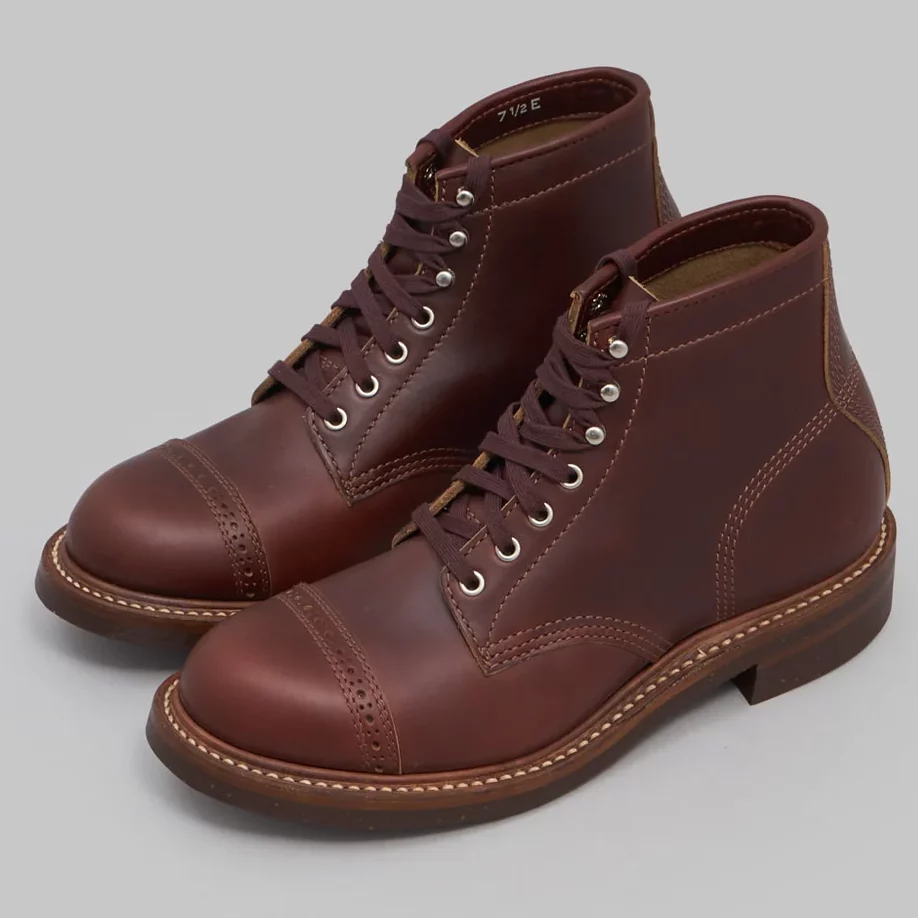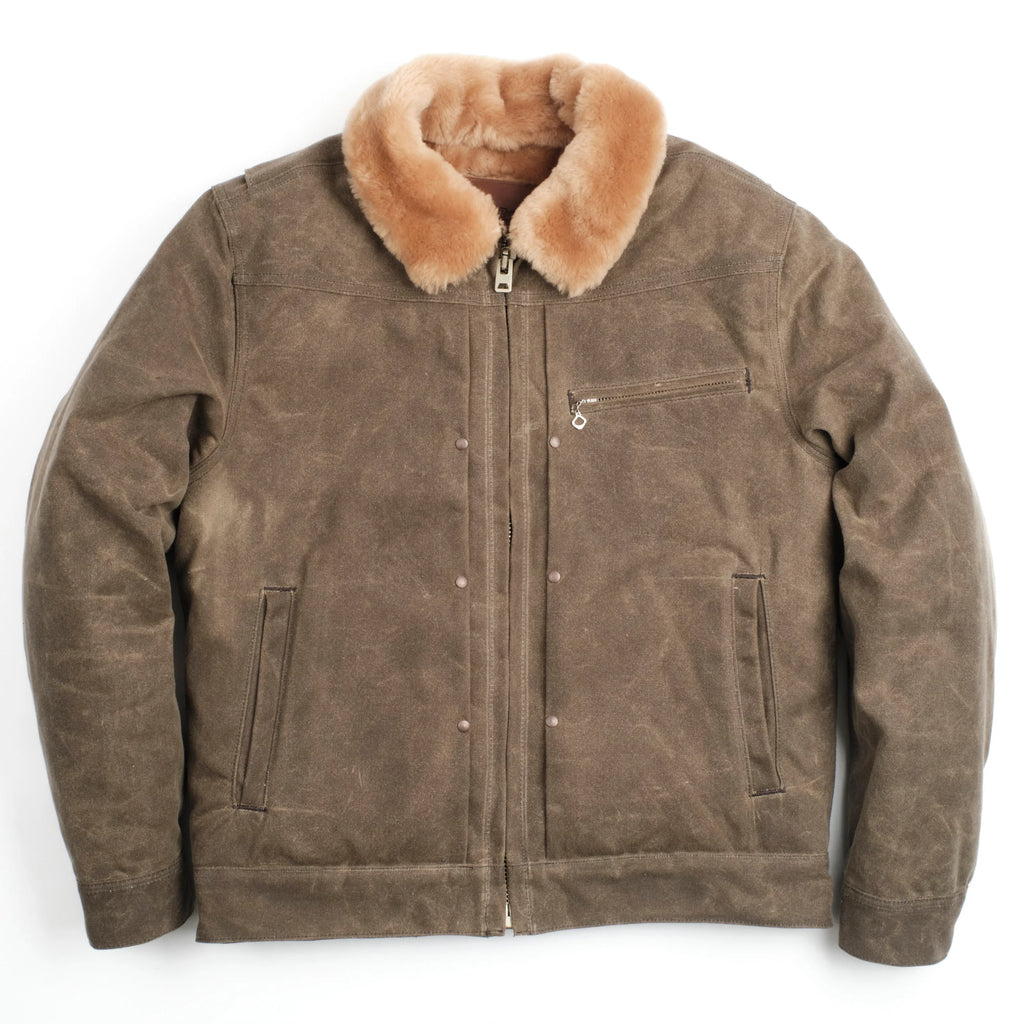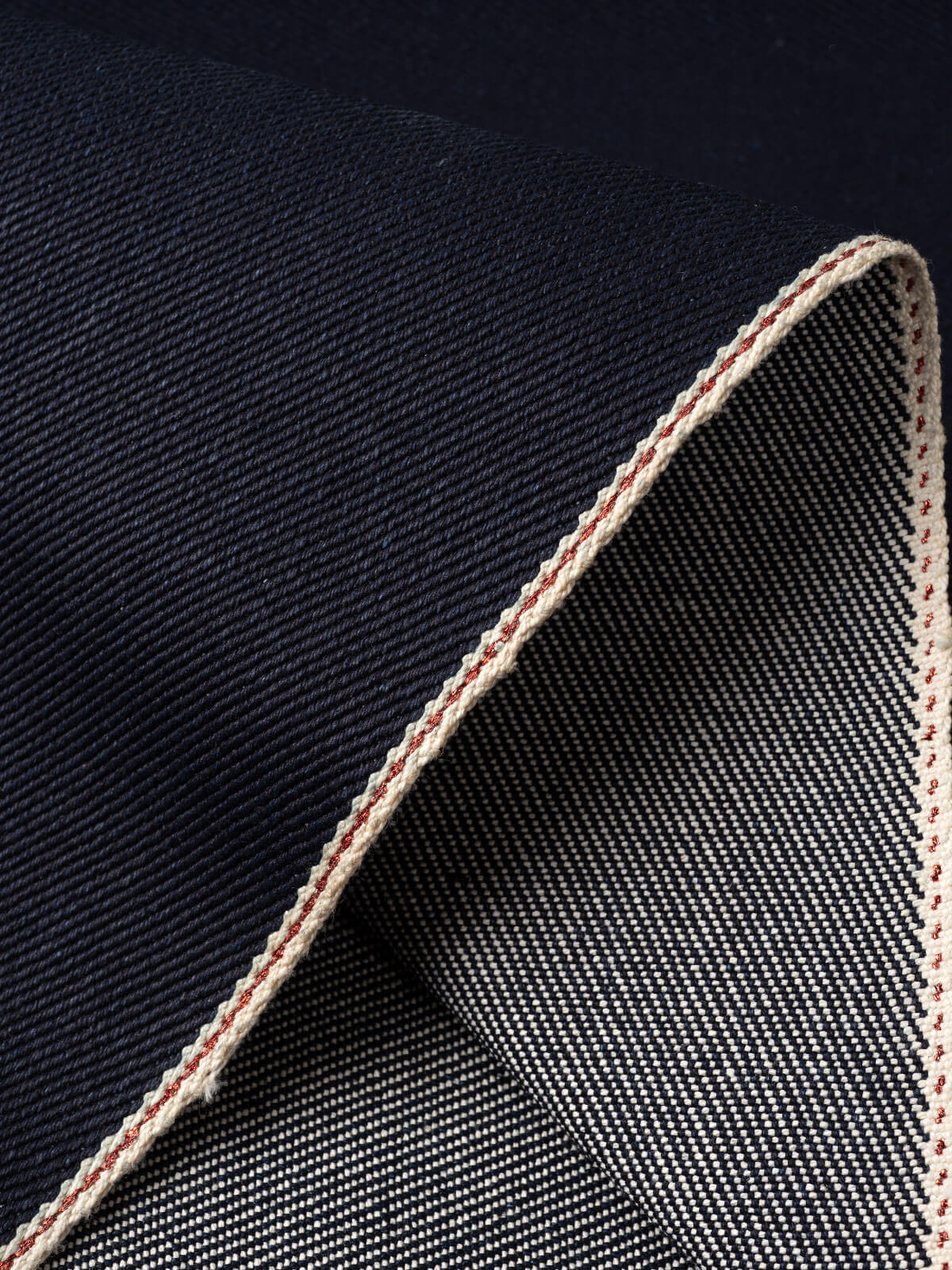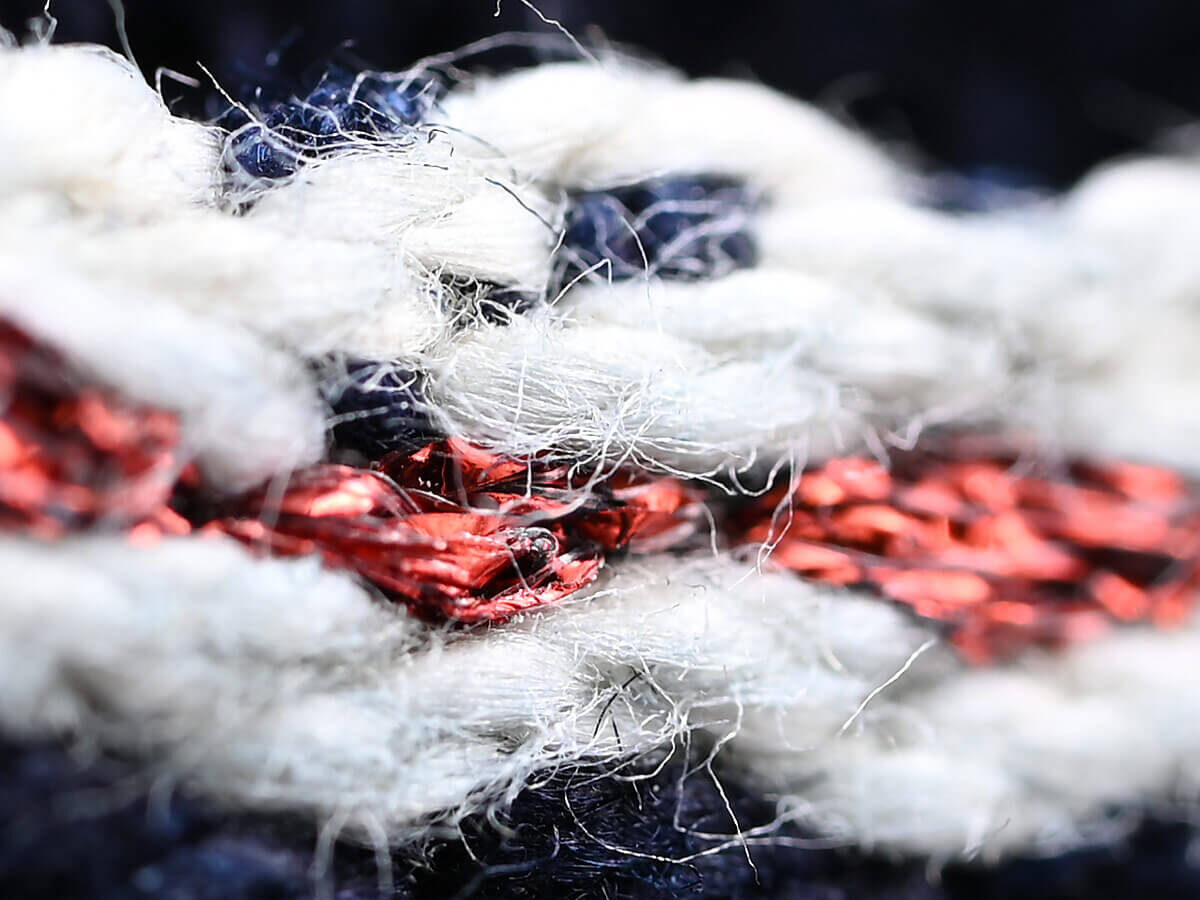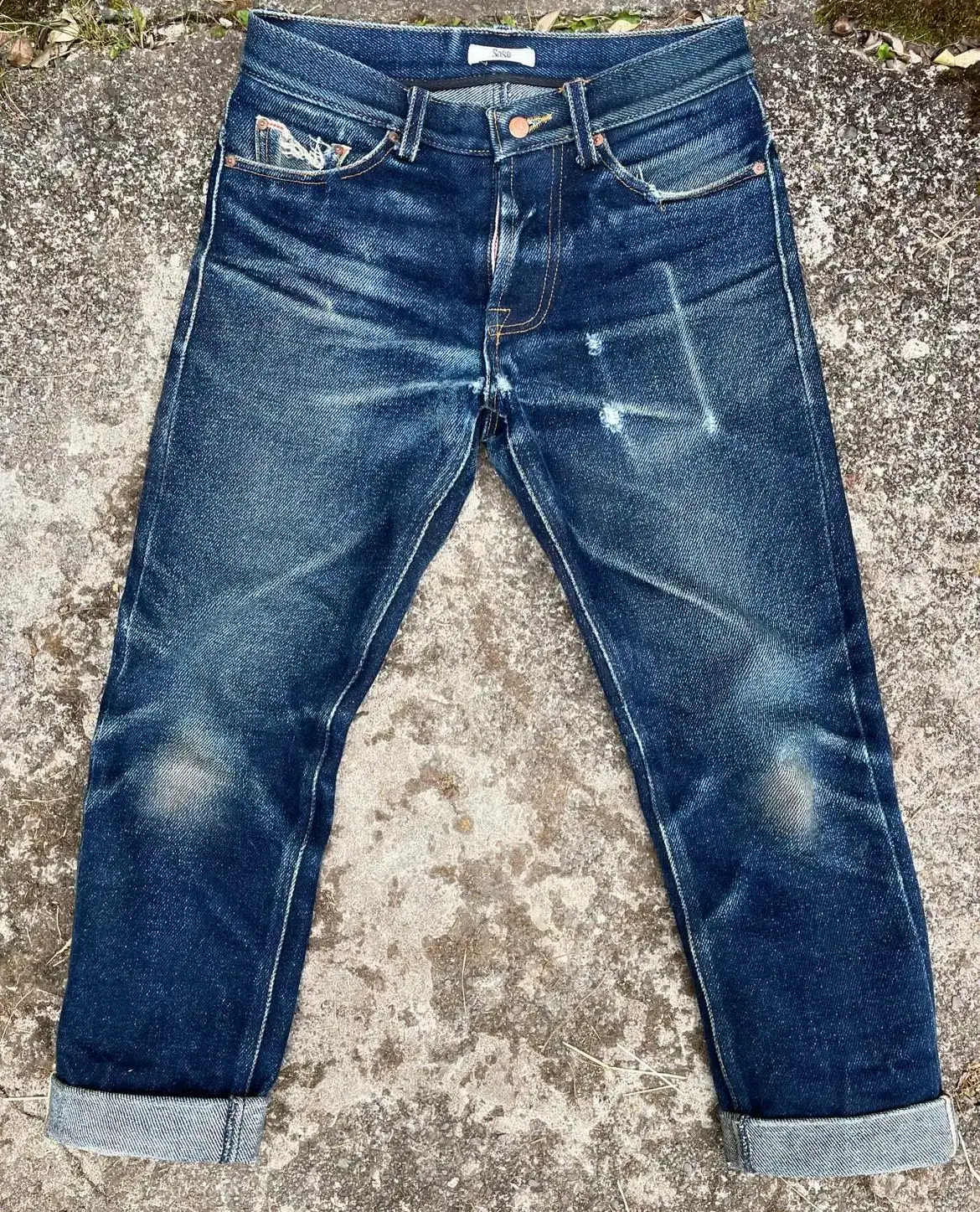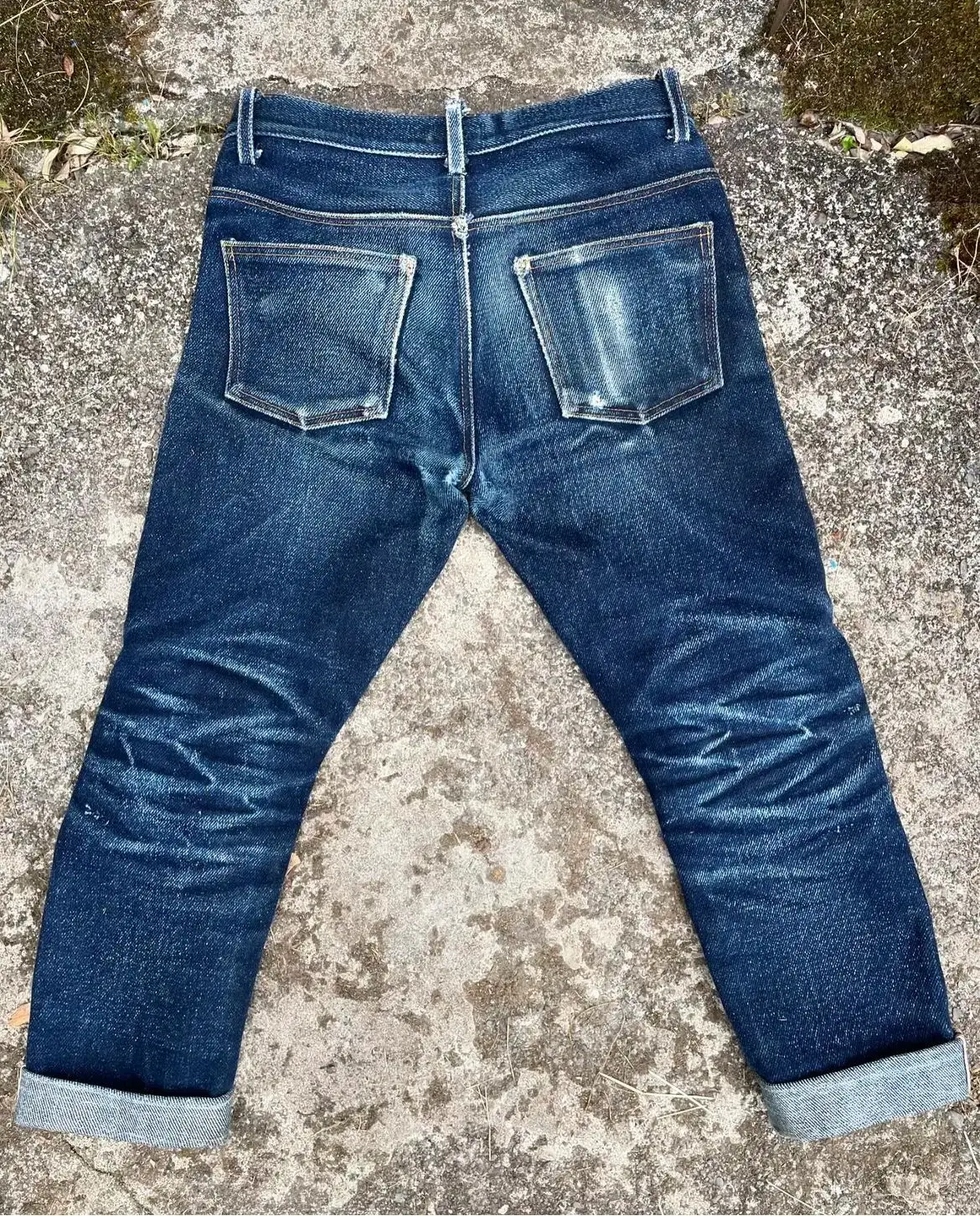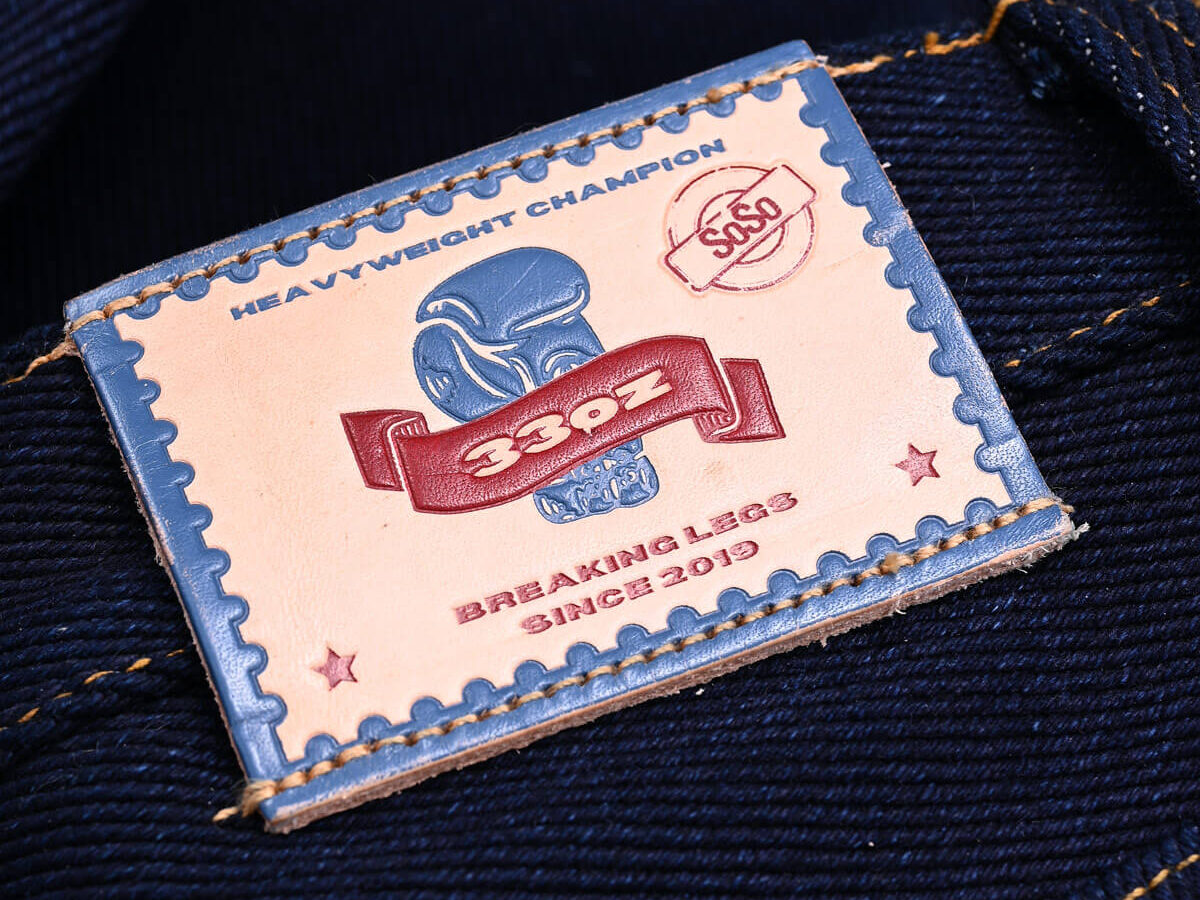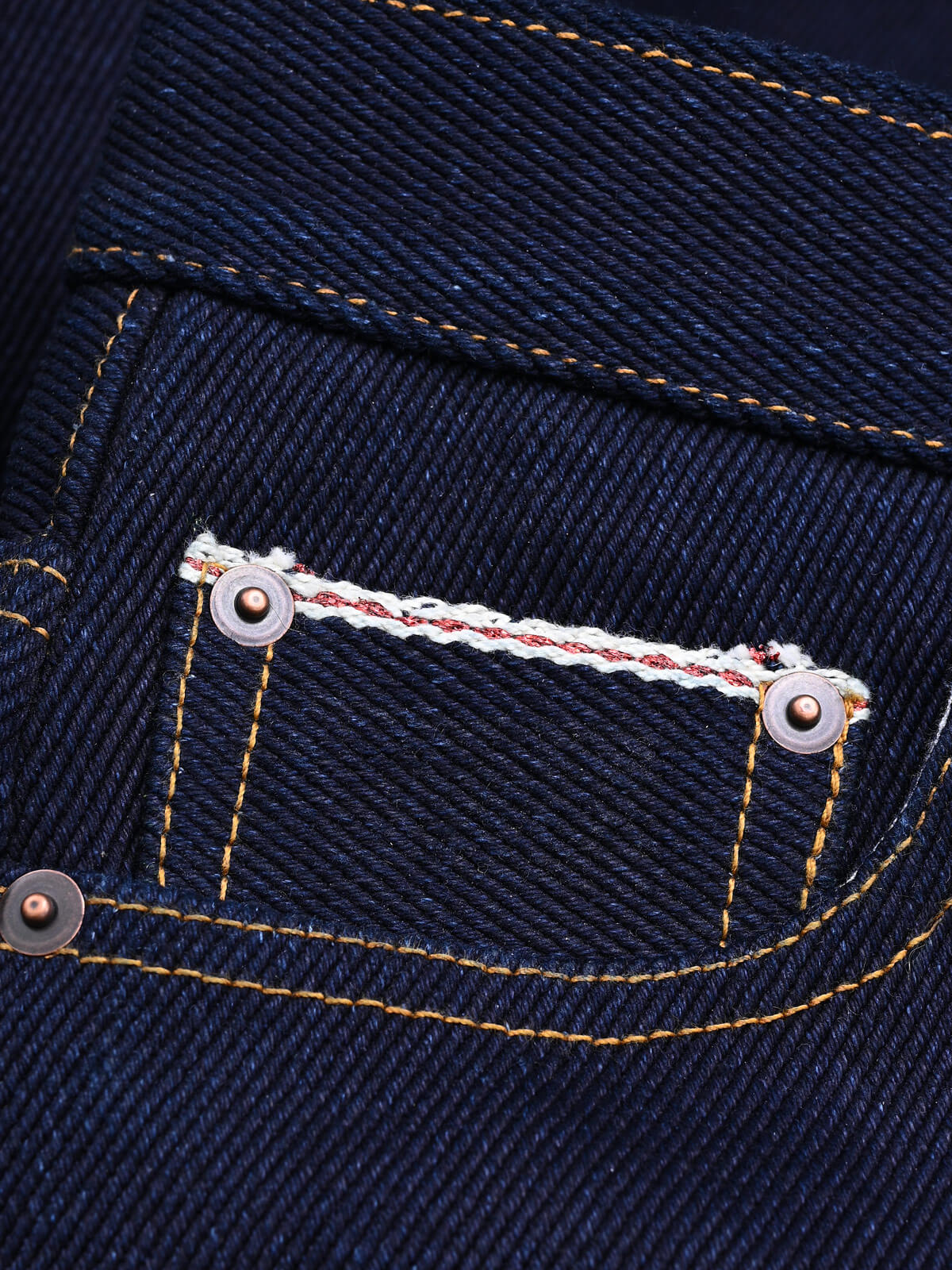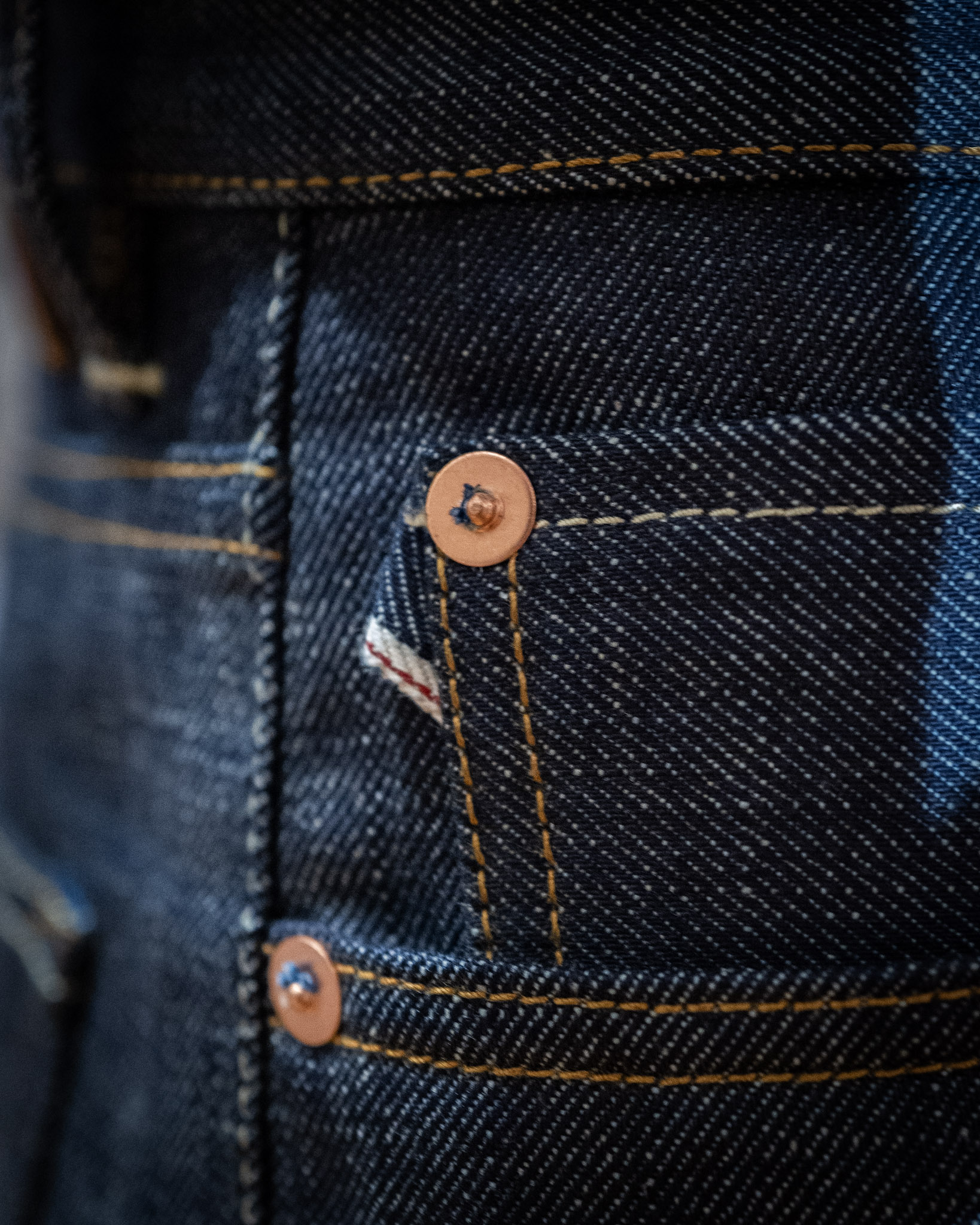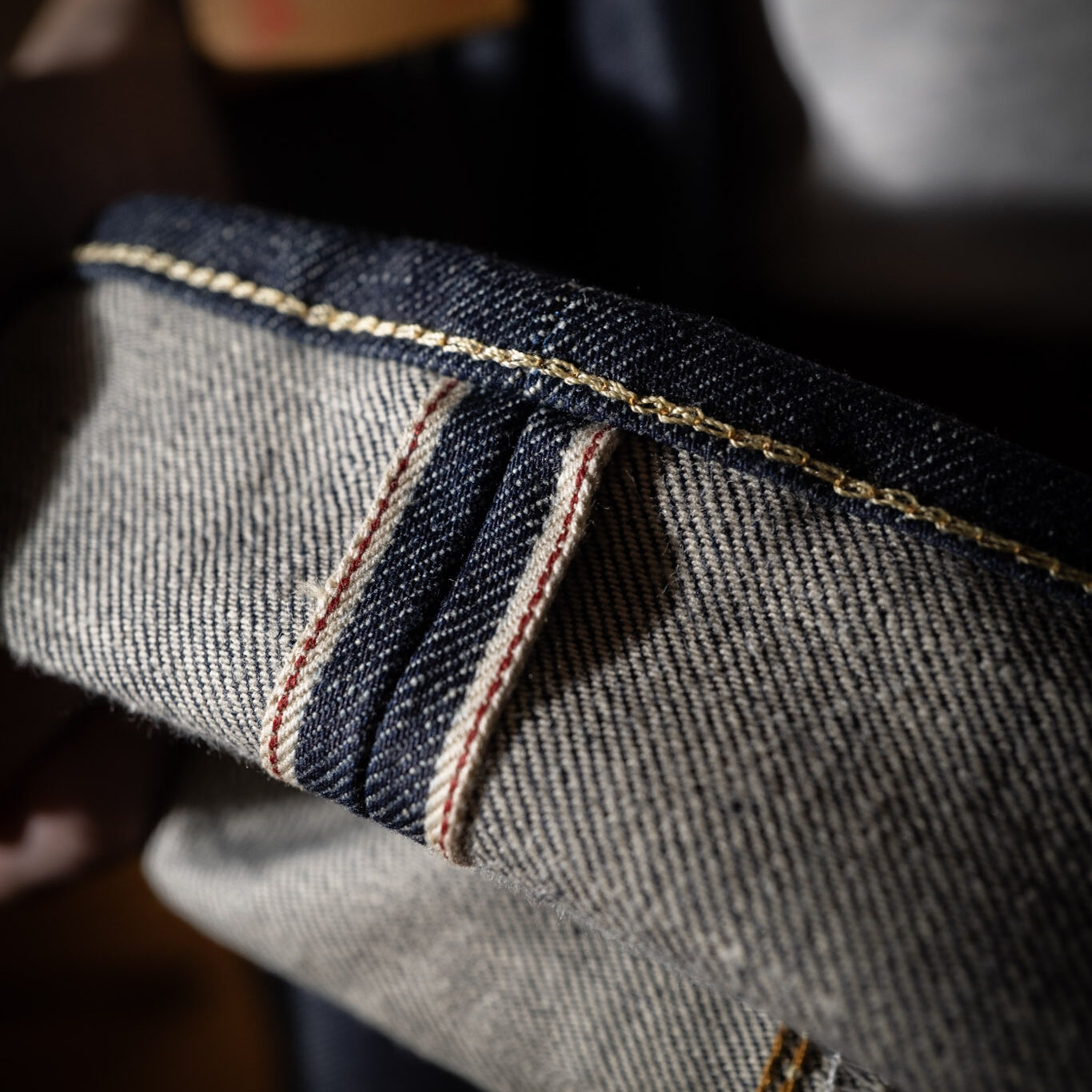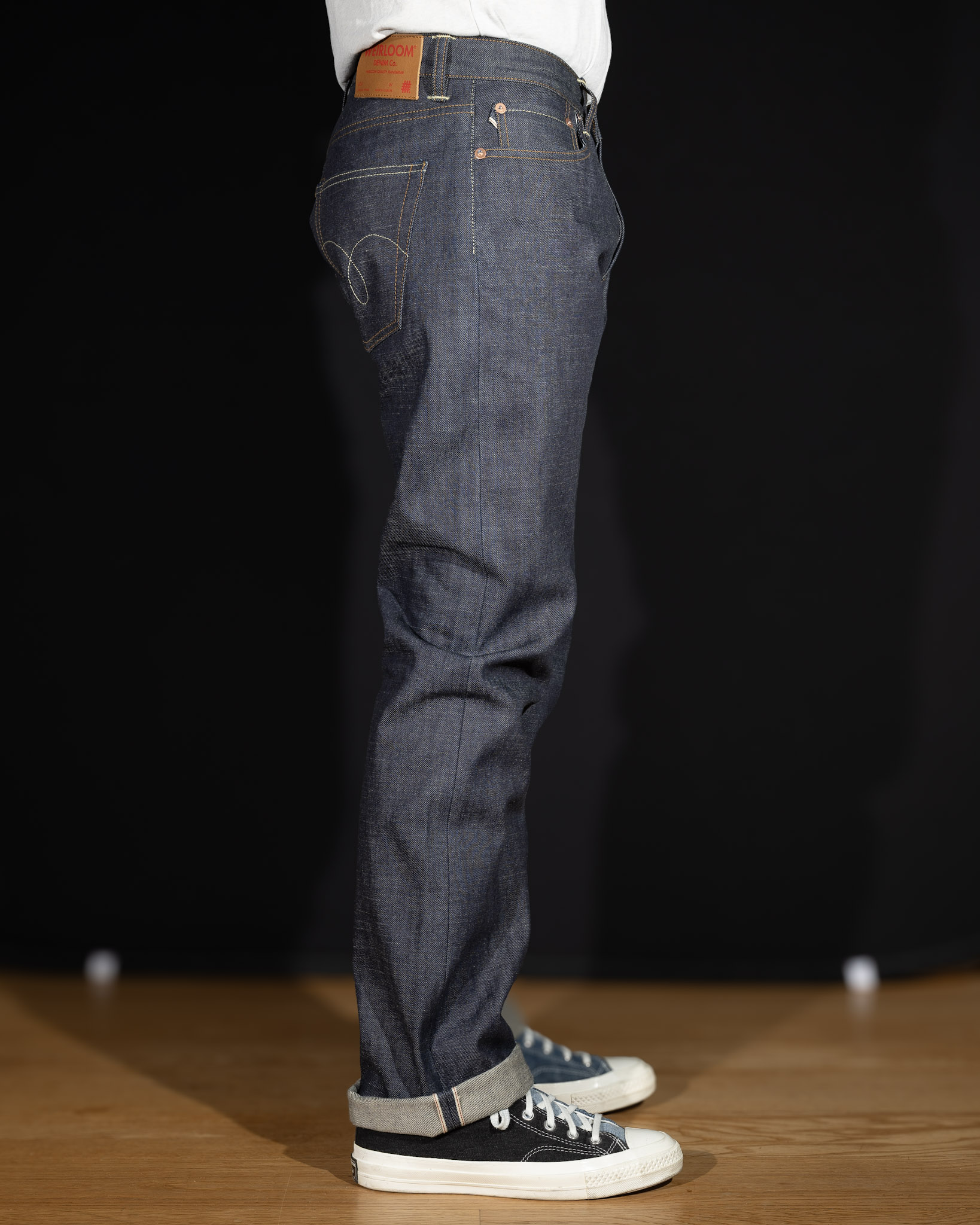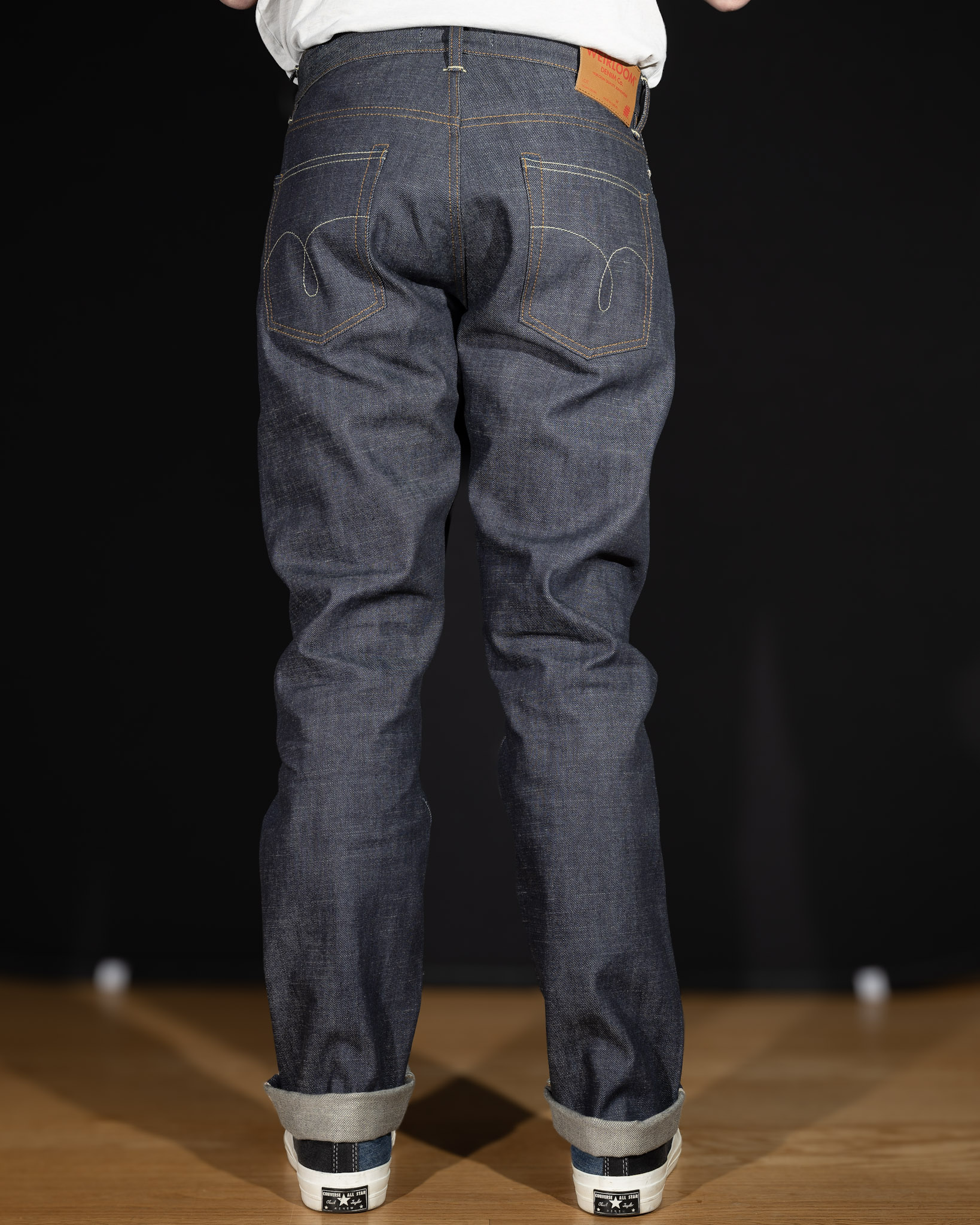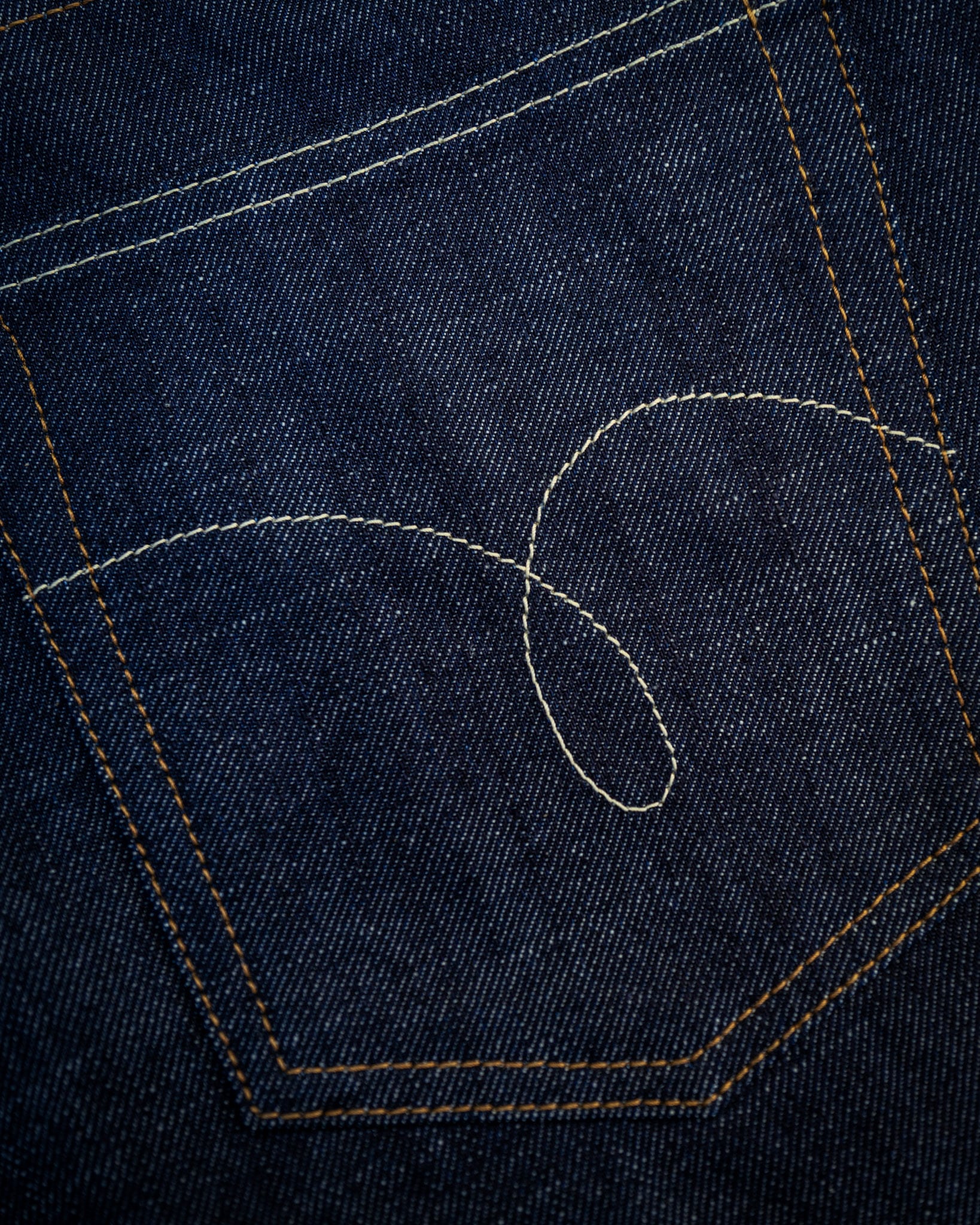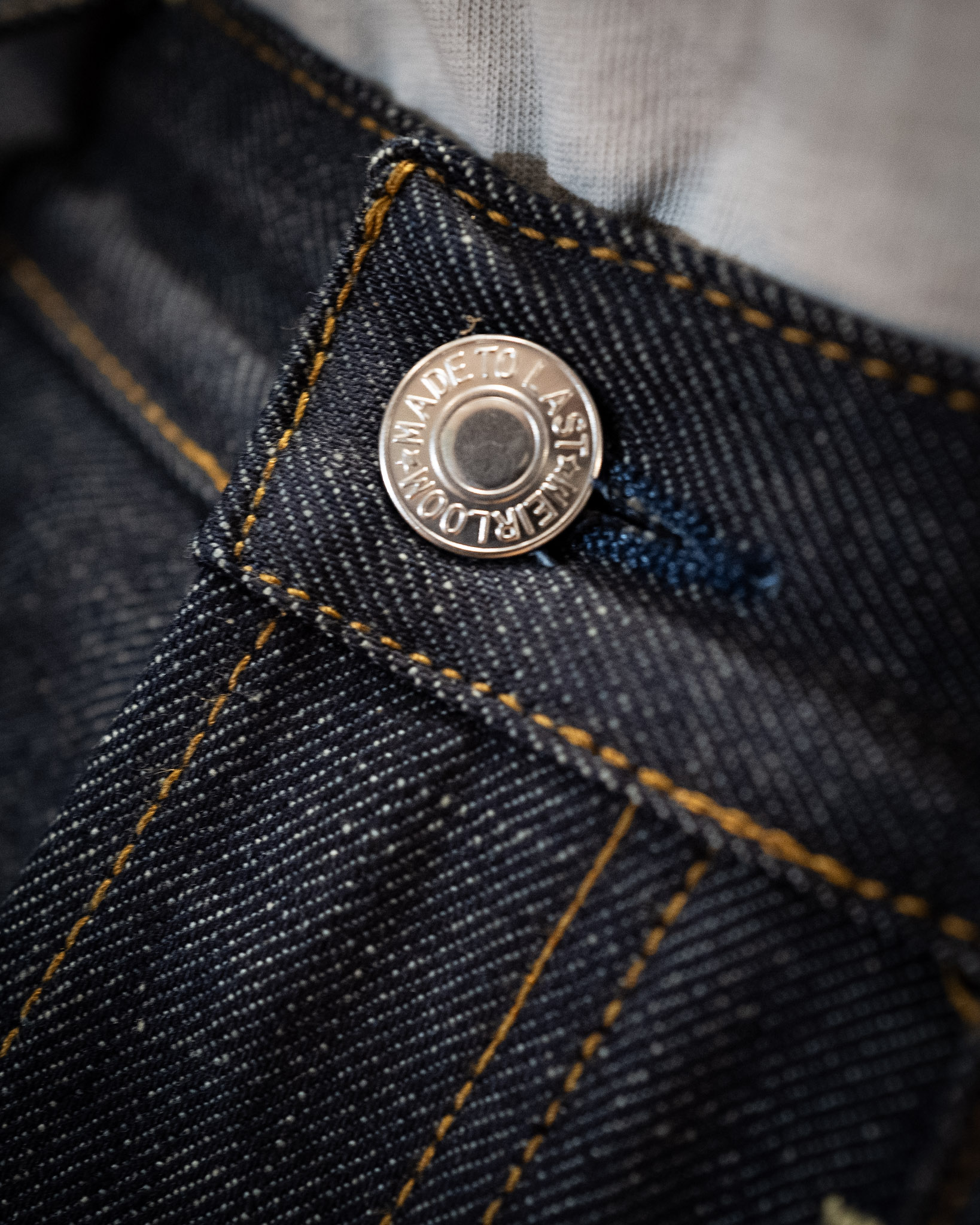We hand-pick all products. When you buy something, we may earn a commission.
Small Dollar Presents that will Get Big Smiles from the Denimhead in Your Life
Denimheads are notoriously tough to shop for. We love clothes more than anything, but buying us jeans, jackets, or even shirts is always a risk. Sizing is tricky, preferences (very) specific. Even if you know our measurements or favourite brands, there’s still a good chance you’ll swing and miss.
That’s why we’ve put together three holiday gift guides, each built around a different price range. This one covers gifts up to $150—from thoughtful stocking stuffers to solid under-the-tree picks. Prices climb as you scroll.
Looking for something a little more extravagant? We’ve also got a guide for gifts in the $150–$400 range, and a guide for splurge-worthy gifts over $400. But don’t skip ahead just yet—you might find exactly what you’re looking for on the list below.
TL;DR – Three Solid Picks Under $150
If you’re short on time, go with these. Practical, giftable, and unlikely to miss.
- Brave Star Raw Denim Soap ($19) – Fade-safe detergent made for raw denim.
- Felix Green Bandana ($34) – Cult favourite, easy to wear and to gift.
- Full Count Indigo Watch Cap ($89) – Rope-dyed, made in Japan, ages like denim.
Want to Wrap Up Some Raw Denim?
We haven’t included any raw denim in this guide. If you want to give the gift of denim, start with our Selvedge Masterlist for raw denim jeans, our Denim Jackets Guide, and our Denim Shirts Guide.
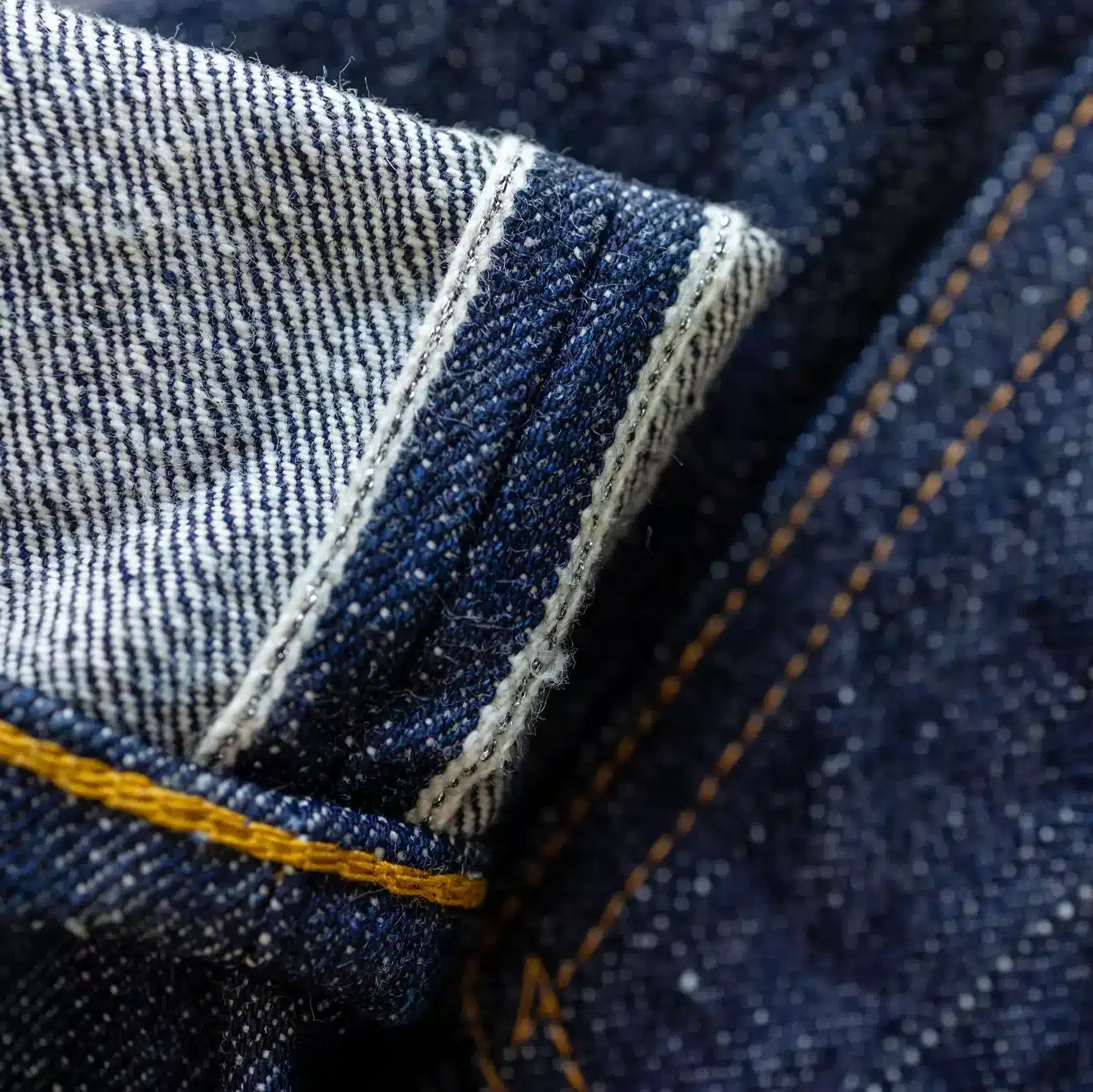
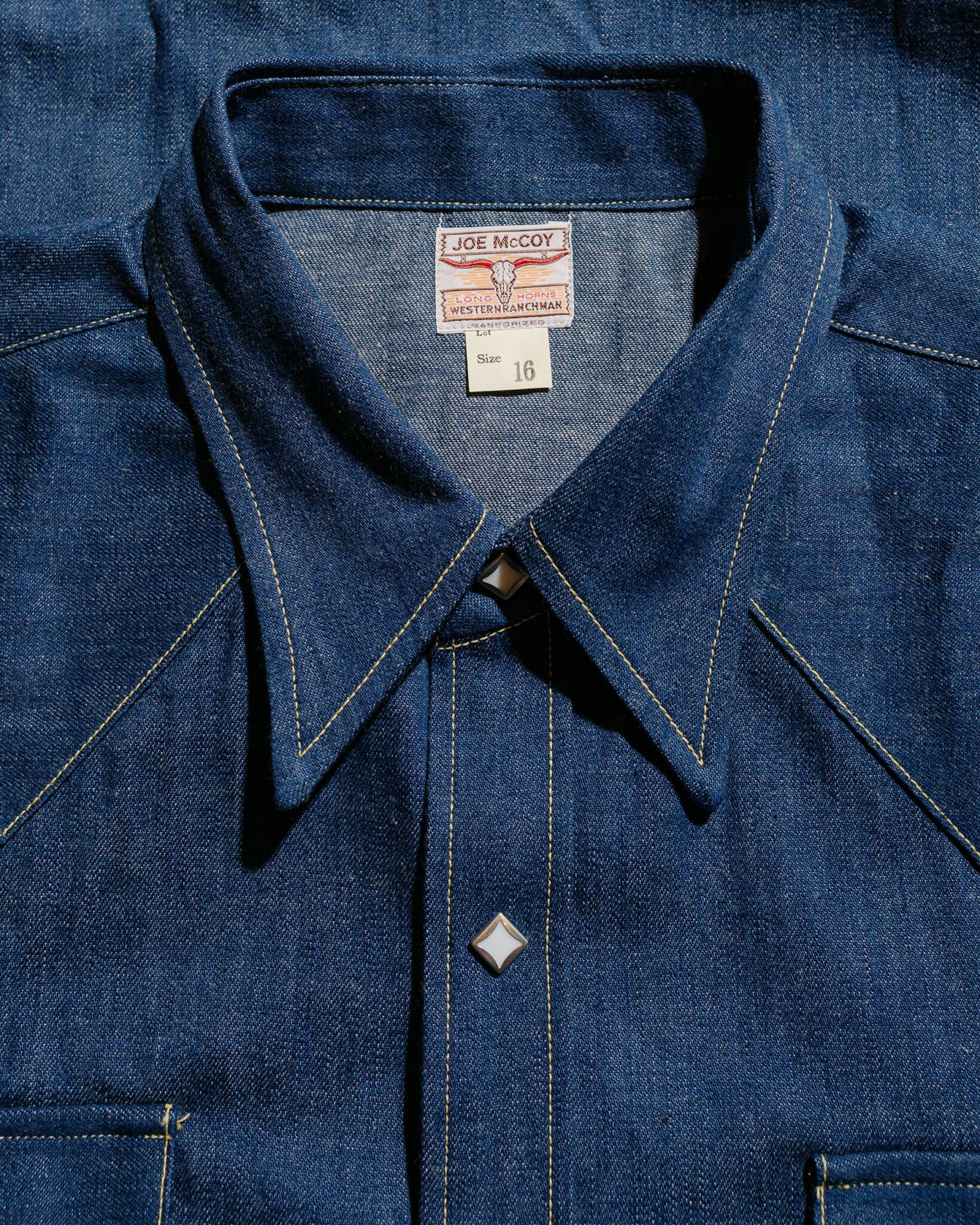
Red Wing All Natural Leather Conditioner
These tins of all-natural leather conditioner are an essential companion for leather goods like boots or belts.
If they already have a tin, check to see if they’re down to their last dollop.
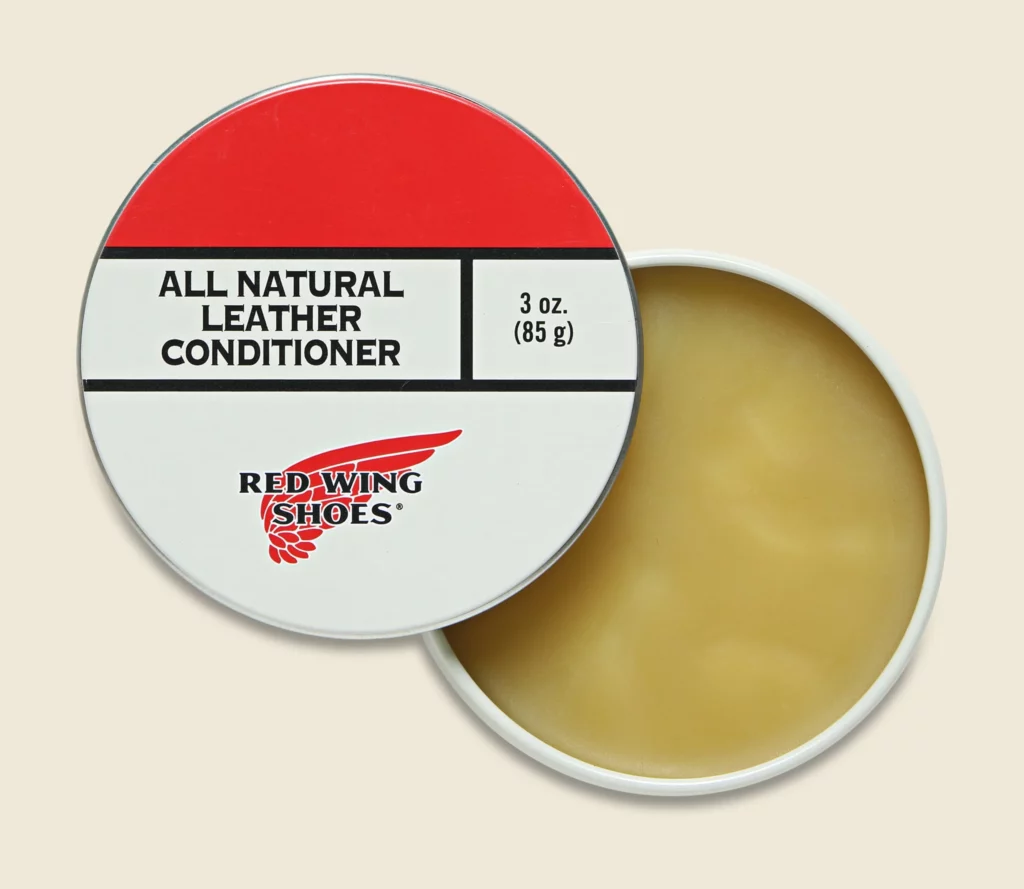
Brave Star Raw Denim Soap
When washing selvedge denim, it’s important to use a detergent that cleans the denim nicely without dulling any of the vibrant indigo tones that we’ve worked hard to bring to the surface. This specially formulated raw denim soap will do the job.
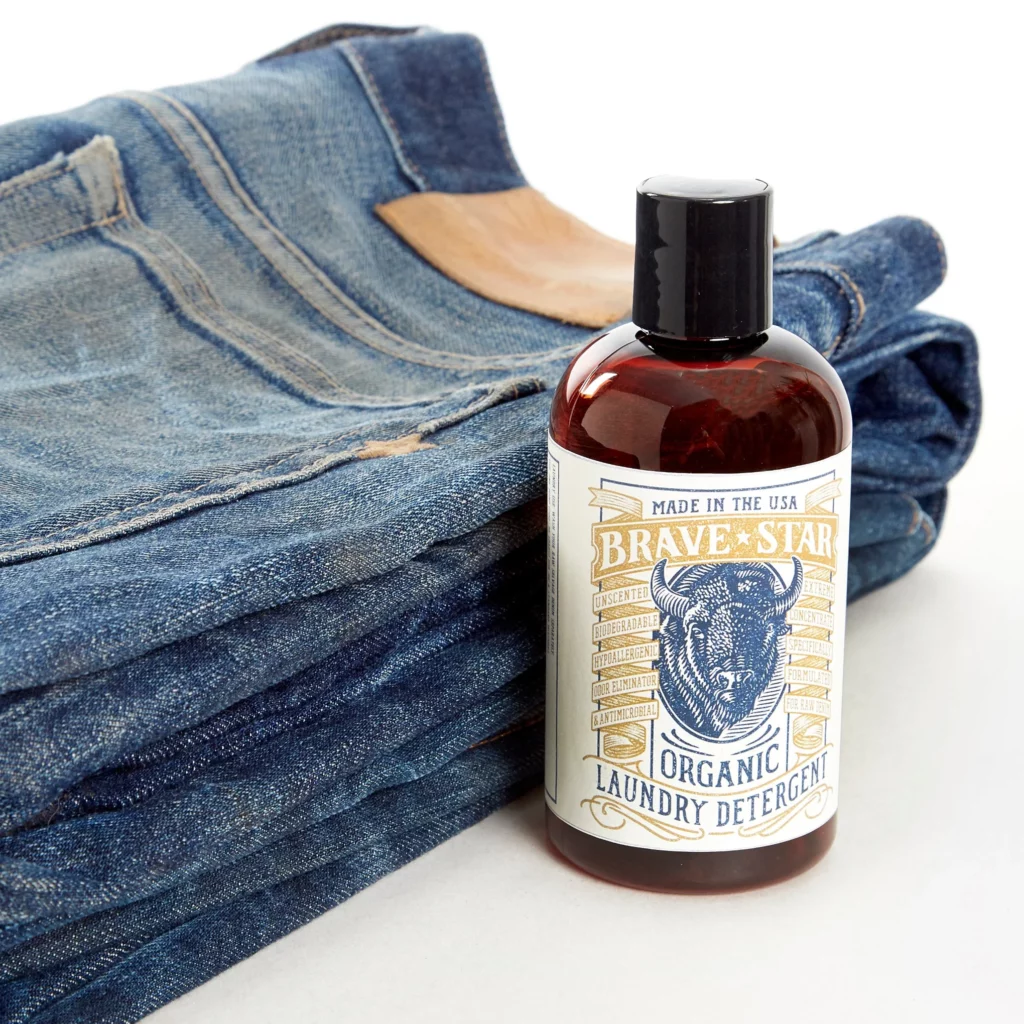
Bradley Mountain Candles
Bradley Mountain have produced a wide range of woodsy scented candles that manage to walk the tightrope between rugged and refined. Adored by women and men, they’re perfect for every room in the house.
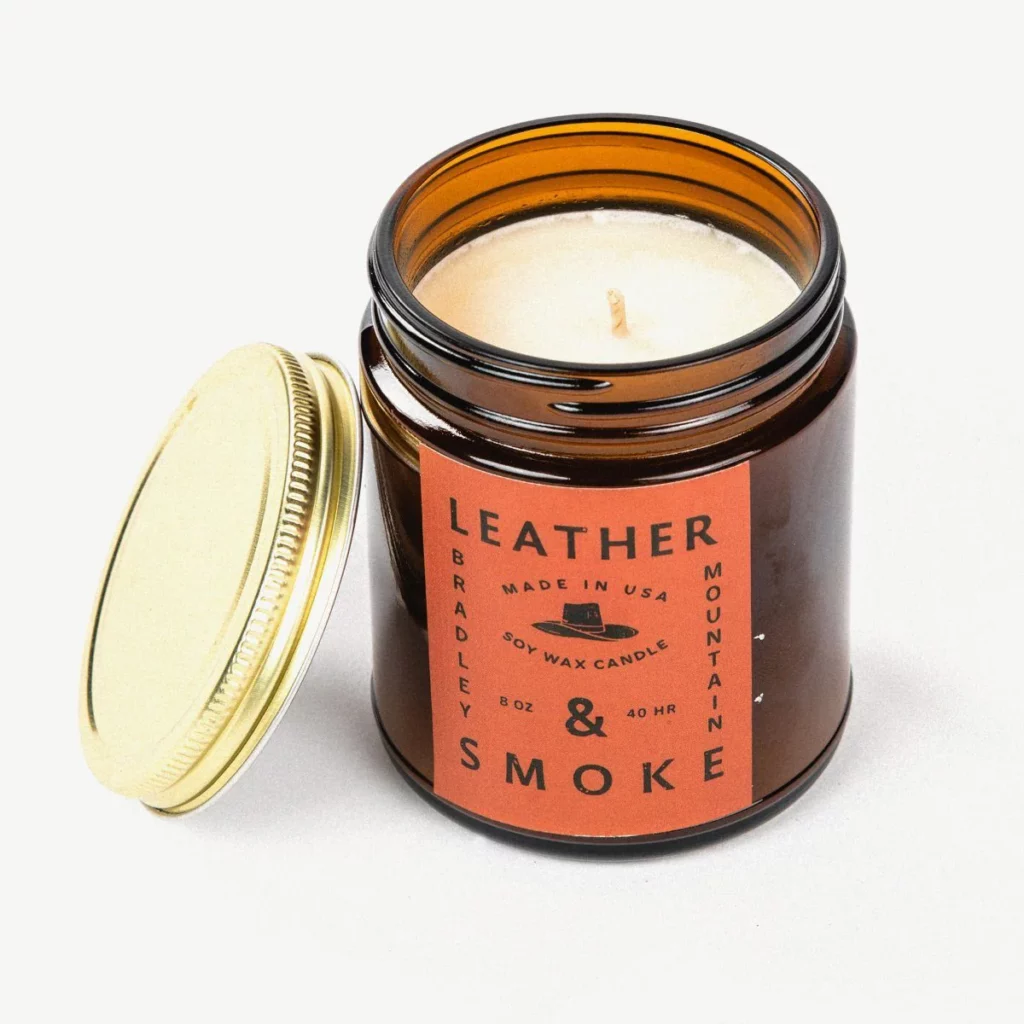
Rototo Socks
$28-50/Pair at Bridge and Burn
This Japanese sock brand can be found on the shelves at just about every serious rugged stockist. Comfortable, durable, and stylish, they provide a serious upgrade from sweat socks.
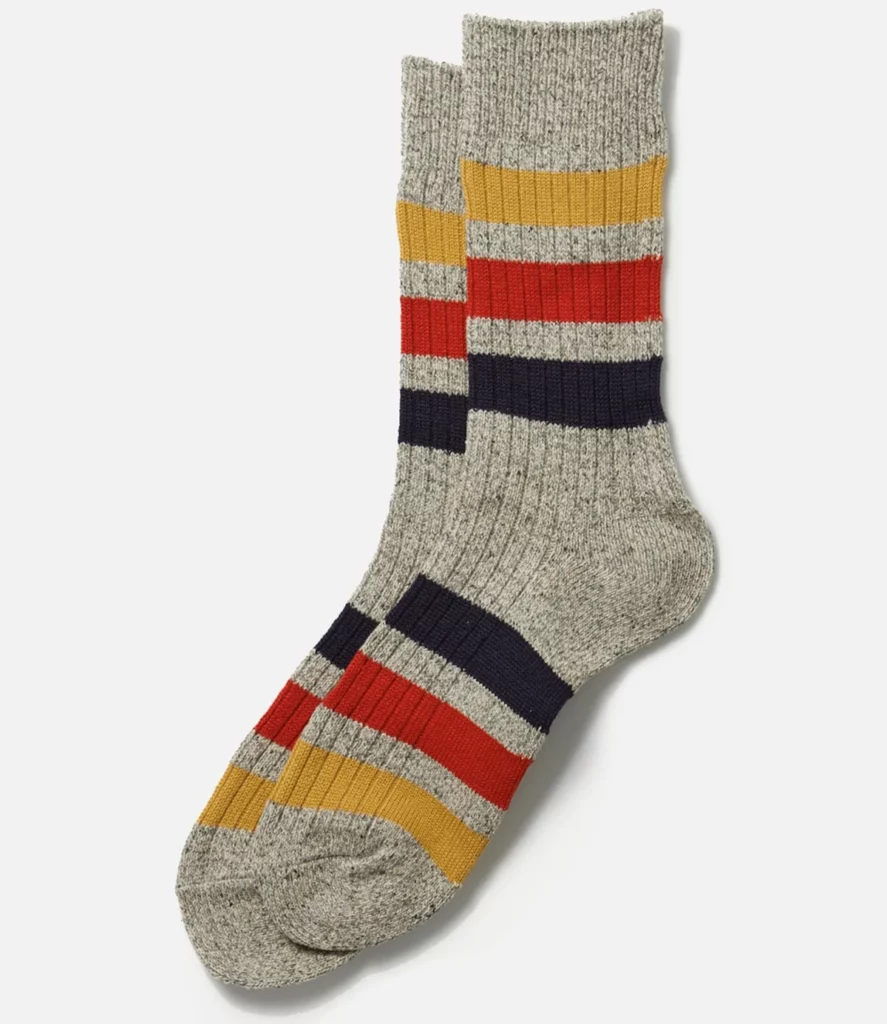
Felix Green Bandana
Just a few years after bursting on the scene, Felix Green has become a household name thanks to his remarkable bandana designs. A surefire hit if laid with care beneath the tree.
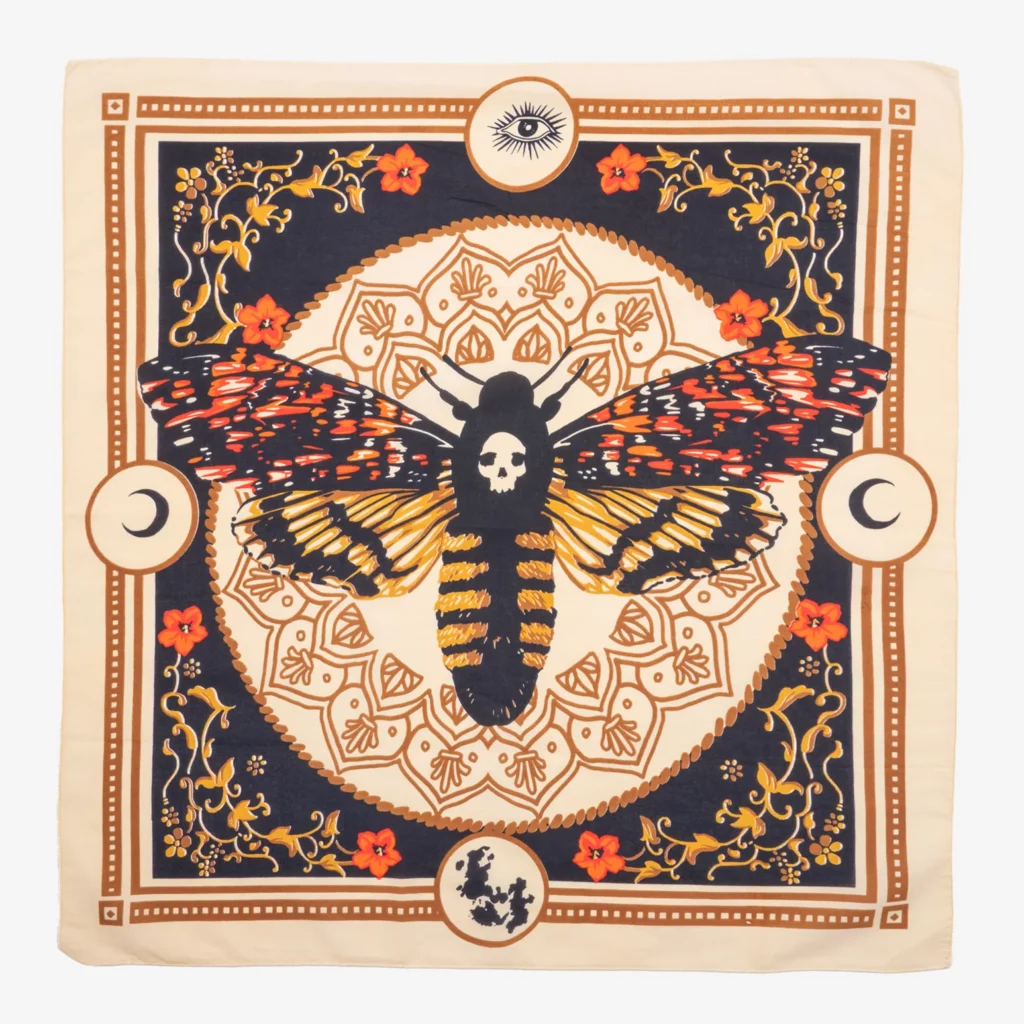
American Trench Fingerless Gloves
Made from extrafine merino wool, these gloves will be a great choice for those who don’t want to keep taking their hands in and out of their gloves every time they want to check their phone. Absolutely essential for those who regularly walk the dog in the cold.
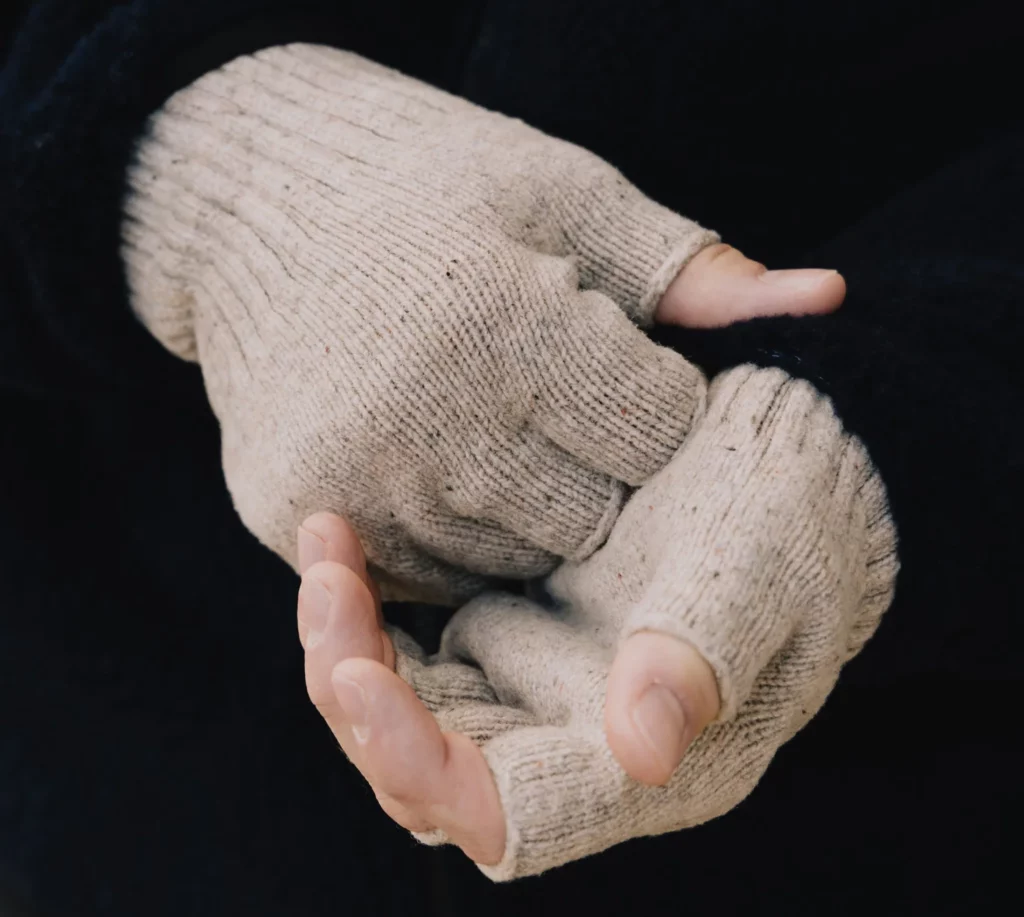
XXL Hardware Bead Bracelet
Adding a handsome touch to the wrist, these beads (a combination of wood and stone) will be a great choice for the man who wants to keep things simple but could use an elegant touch. An inexpensive but eye-catching style upgrade from bare wrists.
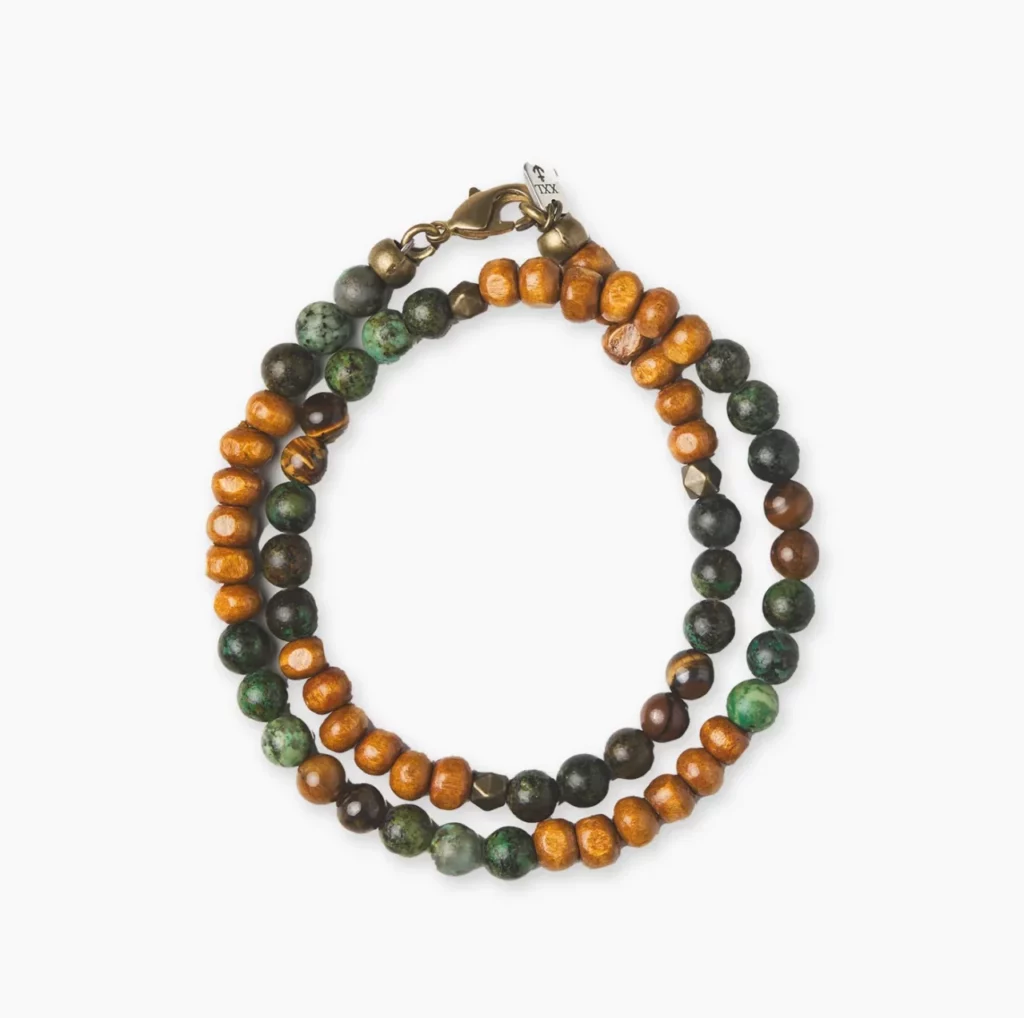
Division Road Cedar Shoe Tree
Doing double duty, these cedar shoe trees help fine leather footwear (either shoes or short boots) keep their shape and absorb sweat and other oils. Essential for proper boot or shoe care.
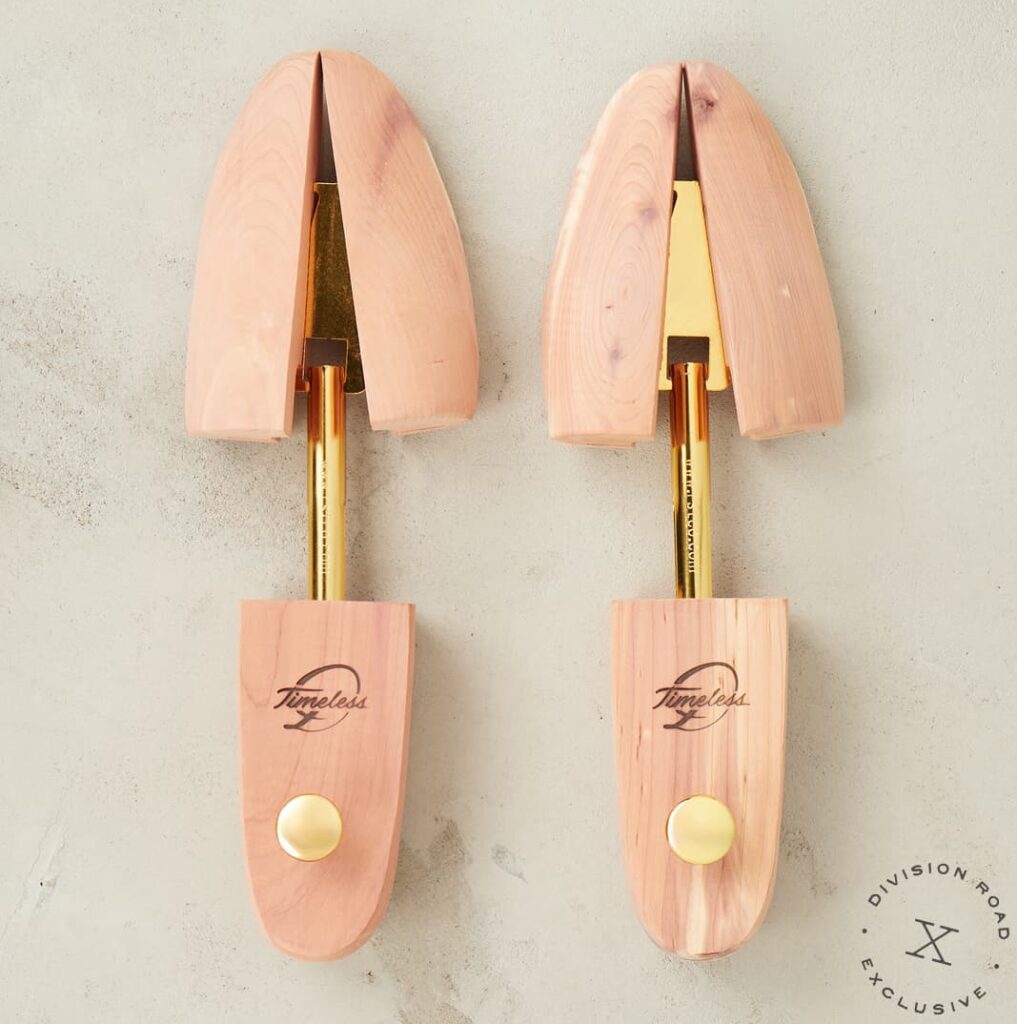
Best Made Strongbox
The uses for these 22-gauge steel, powder-coated boxes are virtually limitless. The design has recently been updated to make these impenetrable boxes stackable. If you’re giving something small and valuable this year, throw them off the scent by wrapping it in one of these.
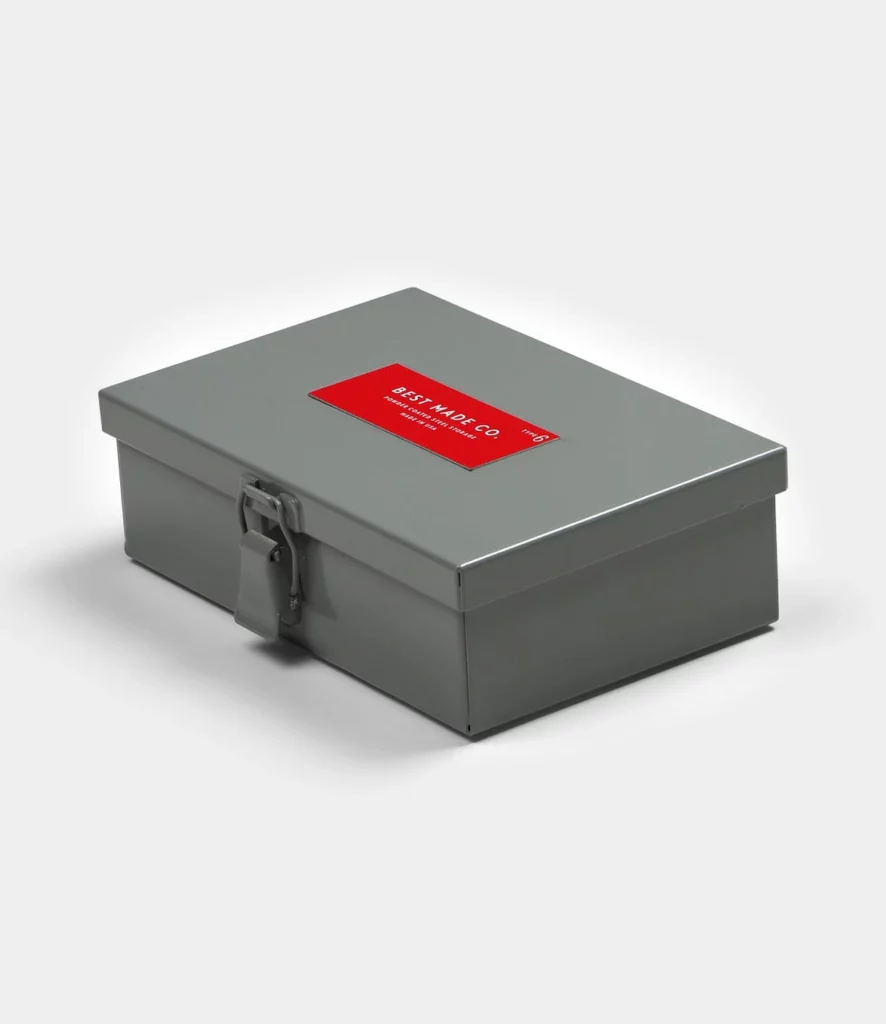
The Rebel’s Wardrobe
With more than 40 chapters, each one dedicated to a different piece of casual menswear, this coffee-table book is essential reading for those who like to be informed about the clothes they wear every day.
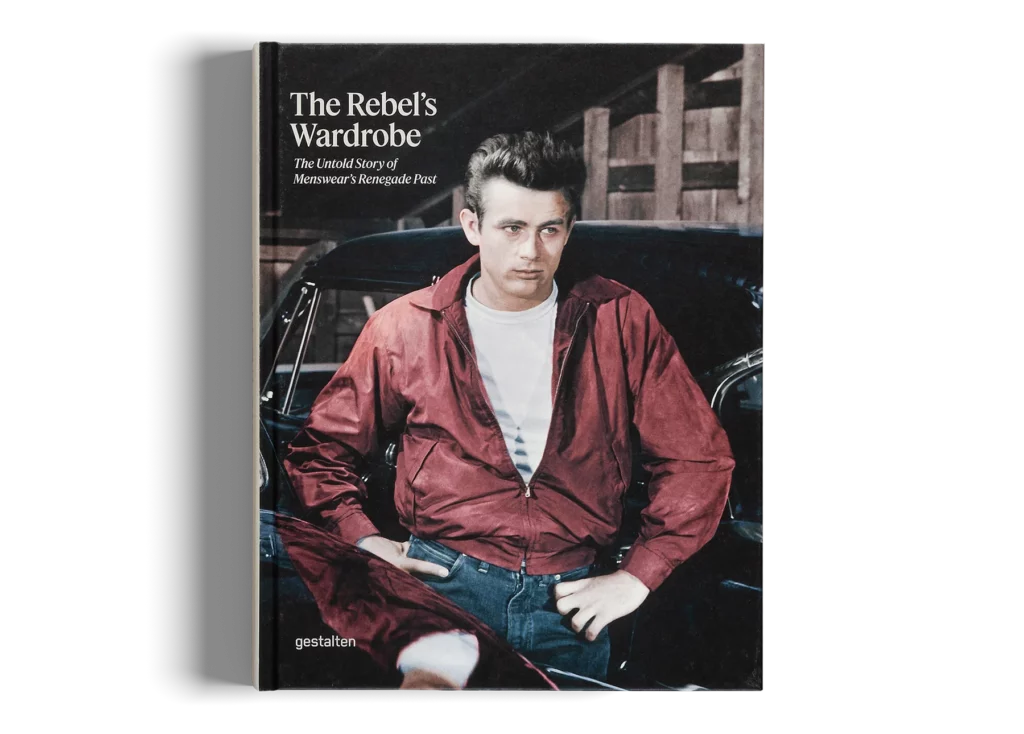
Whitesville Tees
If the denim lover in your life doesn’t yet have a drawer bursting with made-in-Japan tees, there’s no better introduction to the world of loopwheeled basics than a two pack of these Whitesville tees.
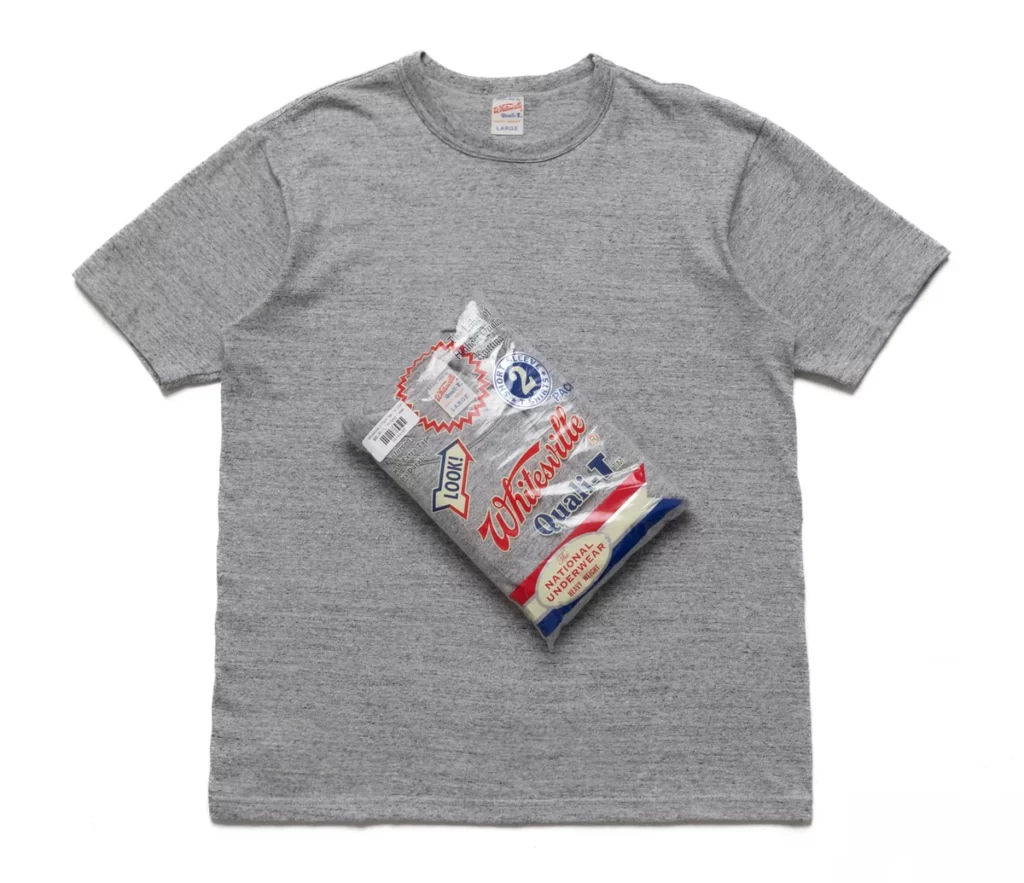
Explore more T-shirt options in our T-shirt buying guides.
Full Count Indigo Watch Cap
Made from rope-dyed indigo yarns, this 100% cotton watch cap will age the way only indigo-dyed garments can. Guaranteed to become the first thing they reach for when they head out into the cold.
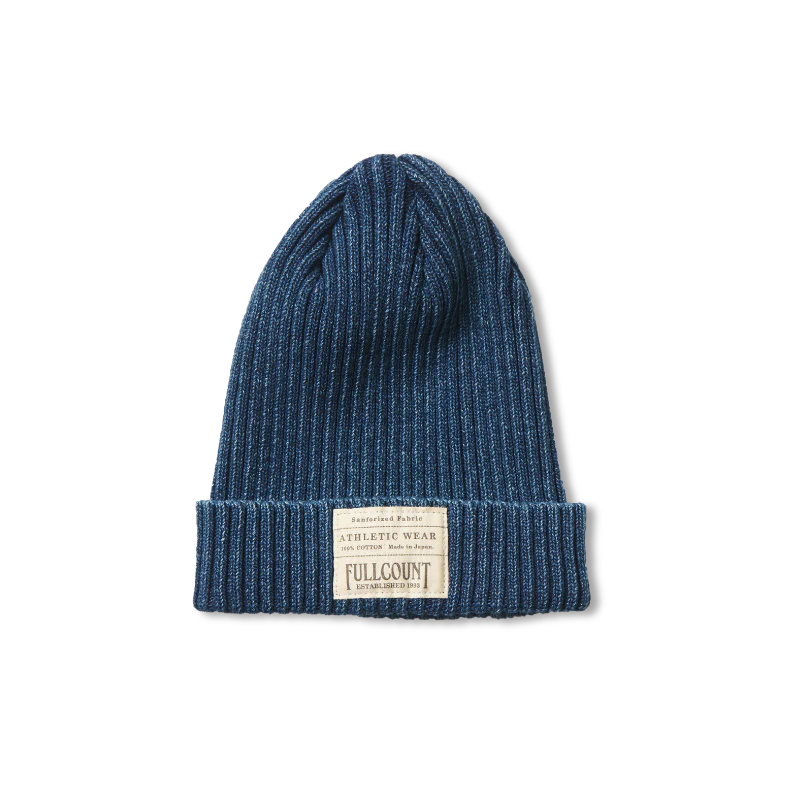
Reigning Champ Midweight Terry Sweats
Canadian knitwear has a stellar reputation around the world for its durability, comfort, and quality. Athletic gear from Reigning Champ can go toe to toe with the world’s best without breaking a sweat.
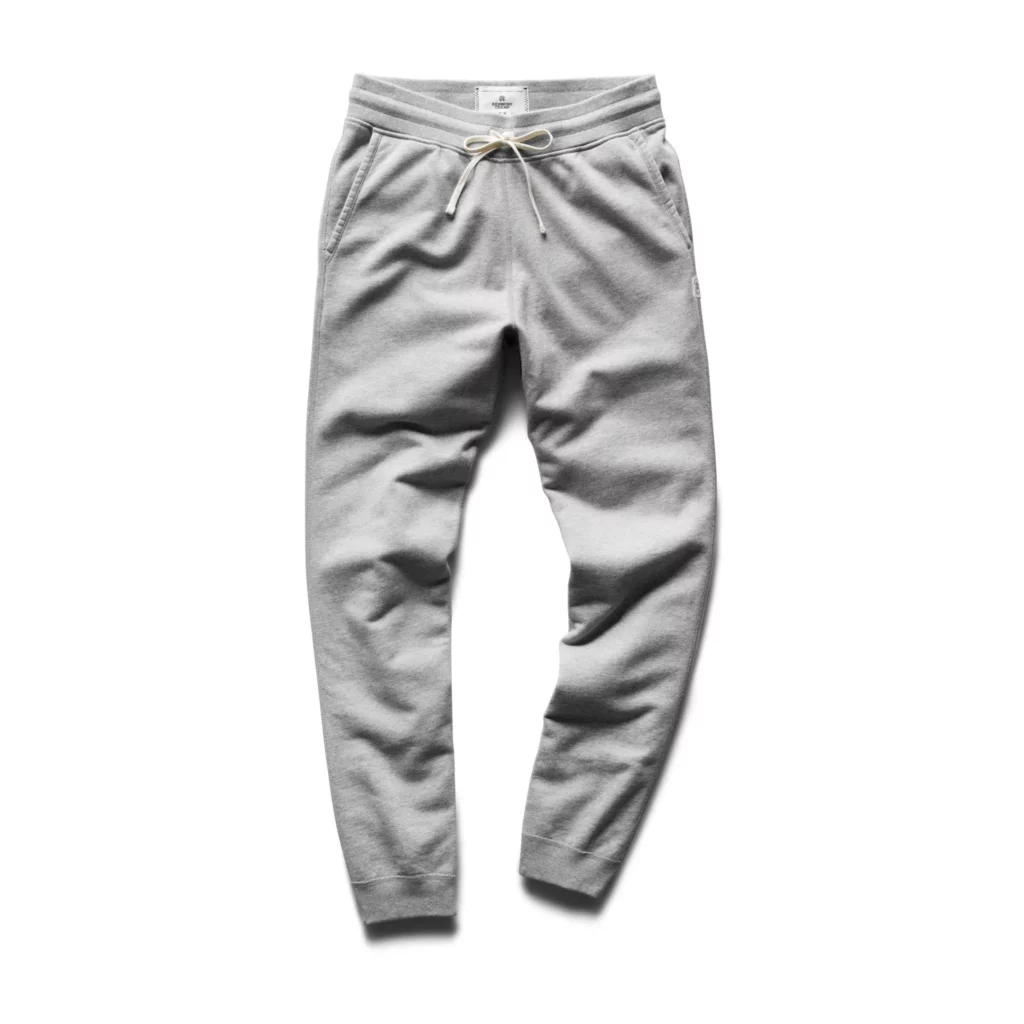
Chisos Boot Jack
Take a quick look at the boots by the door. If all of them have worn marks at the back of the heels from kicking them off, you’re looking at somebody who needs a boot jack–especially if they regularly wear slip-on boots of any kind.
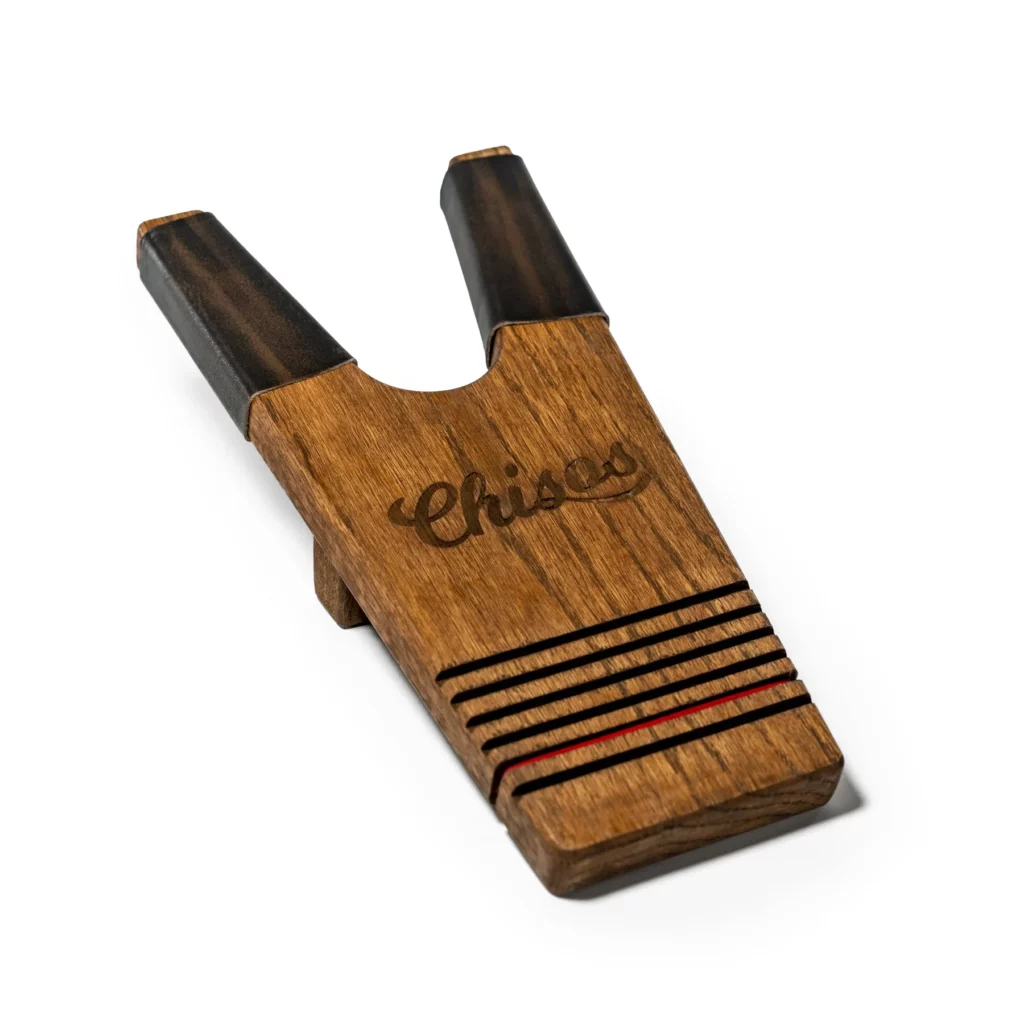
Redcast Jeans Hangers
$98 for 3 from Redcast Heritage
Most of us have drawers bursting with jeans. It’s a shame to keep our beautifully faded pairs in the dark. Hang them with these iron hangers designed specifically for heavy denim.
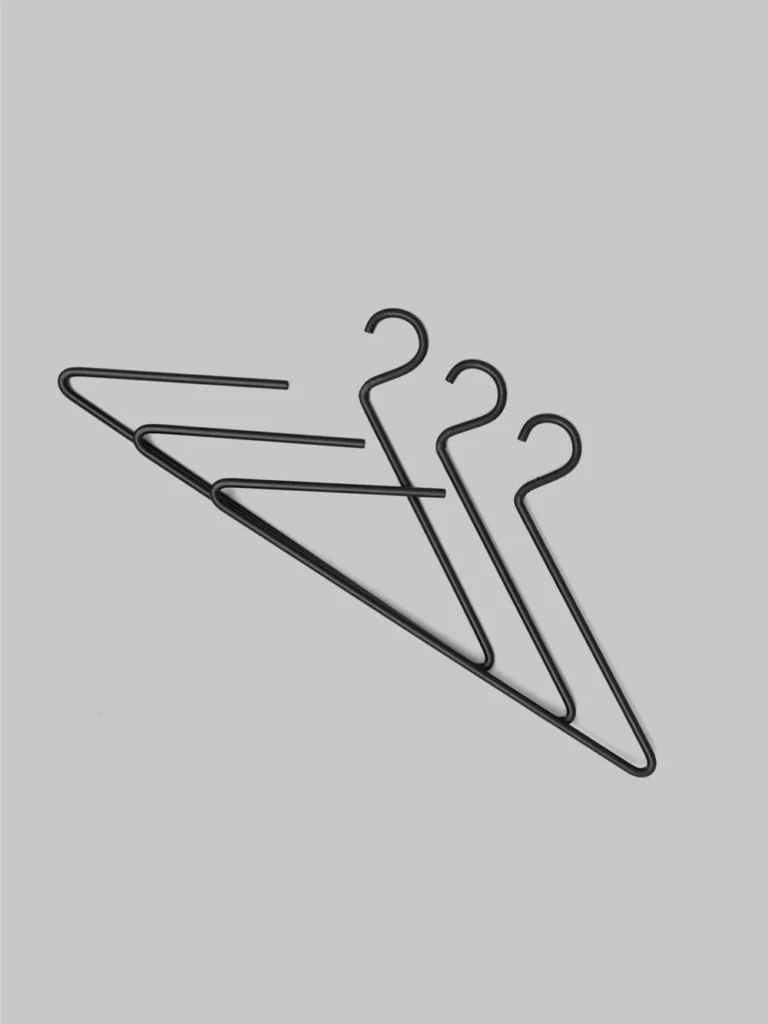
Allevol Narrow Belt
With waistbands climbing higher and higher, there’s a growing appetite for slimmer belts like this beauty from Allevol. If your fella is experimenting with higher rises but doesn’t have a slim but rugged belt, this one’s a guaranteed winner.
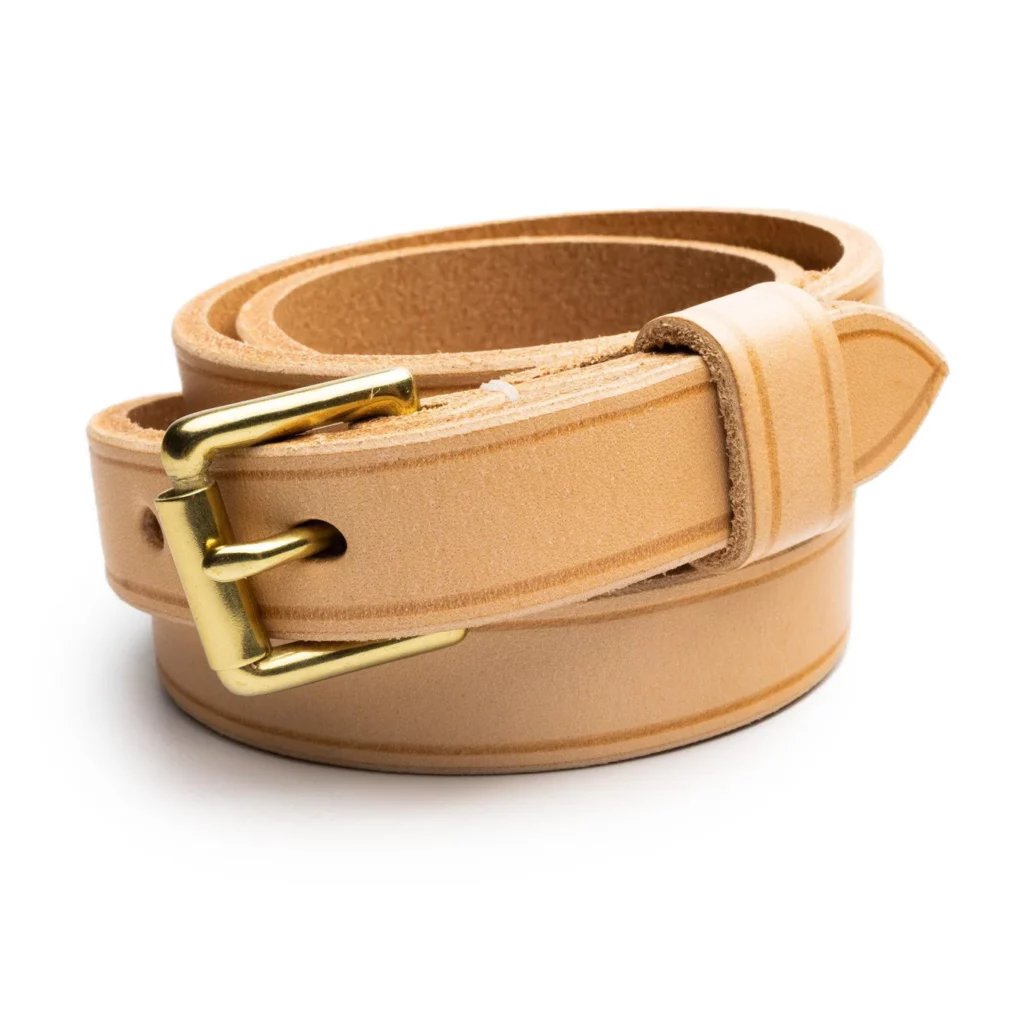
BillyKirk Veg Tan Camera Strap
Love taking photos of your gear? Give your camera the same degree of love you give your jeans by tricking it out with this gorgeous veg tan strap. Will patina beautifully as it ages.
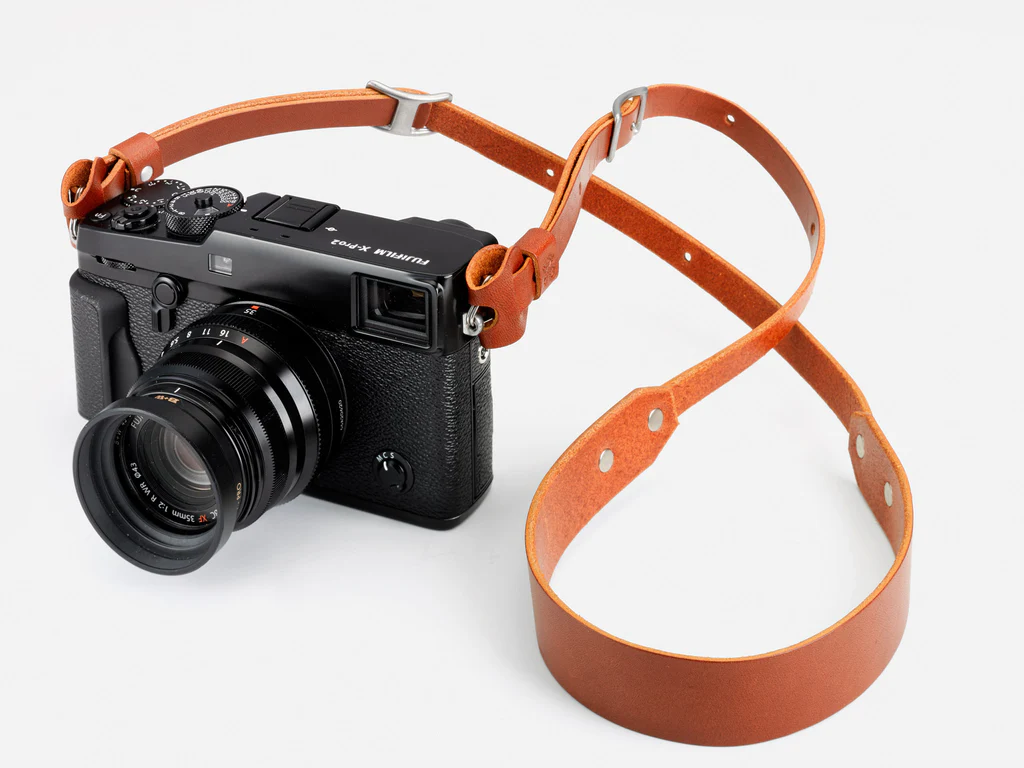
Sullivan Chore Gloves
I’ve given a pair of these to just about every man in the family. They last far longer than typical work gloves, and they look amazing. Perfect for the man who regularly works his fingers to the bone.
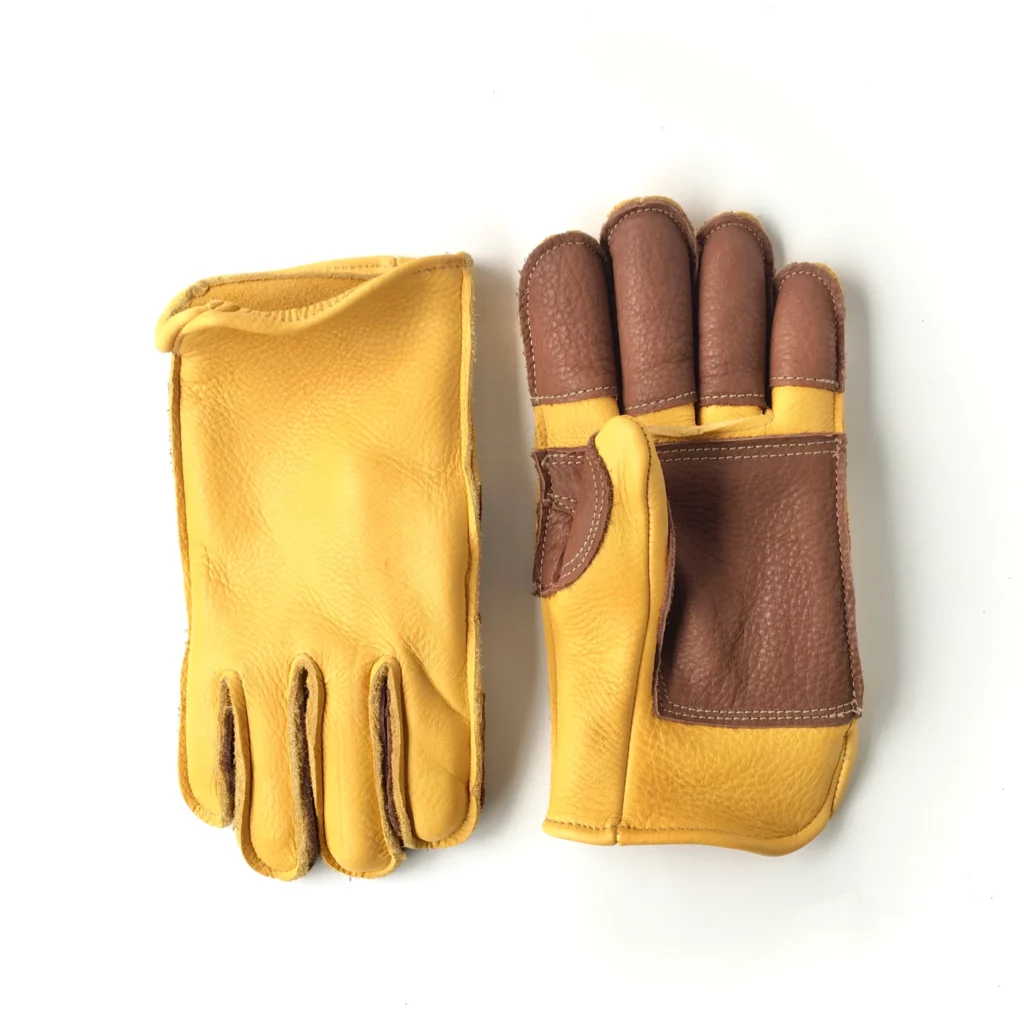
Kyrgies Slides
Slippers get a shot in the arm from Kyrgies with these wool slides that can easily move between indoor and outdoor spaces. Stylish and incredibly comfortable.
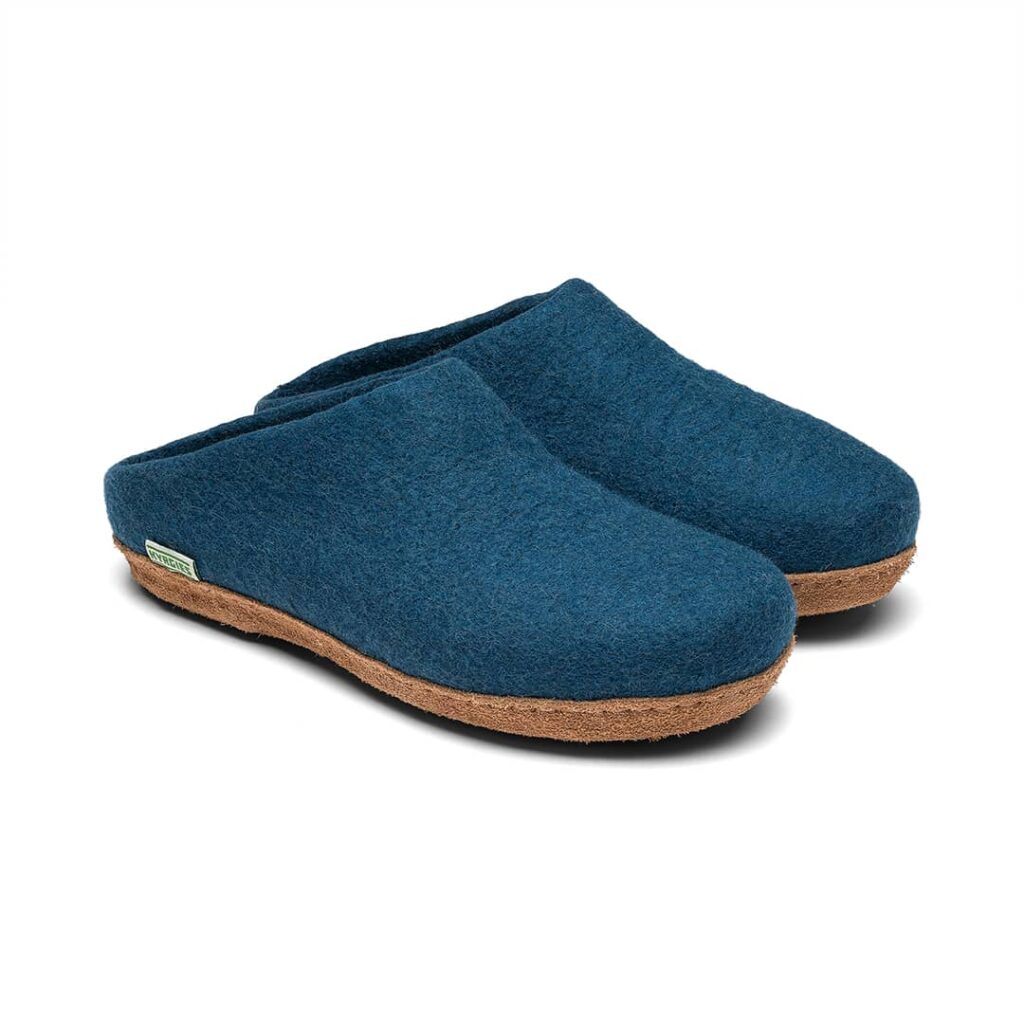
Looking for More?
If you still haven’t found the perfect gift for this year, we’ve got two other guides for you to consider. You’ll find a guide for medium to large budgets here and a guide for extravagant gifts for the denimhead who has everything here.
Join 12,000+ Denimheads Who Get My Emails
You’ve finished this article—hope you learned something new. How about more like it, delivered to your inbox every Friday?
Hey, it’s Thomas here, founder of Denimhunters. I send weekly emails with buying tips, denim knowledge, and practical style advice for guys who care about what they wear.
The post Denimhead Gifts Under $150: Our 2025 Budget Gift Guide appeared first on Denimhunters.
DENIM and PATCHES sourced this post originally published on this site
